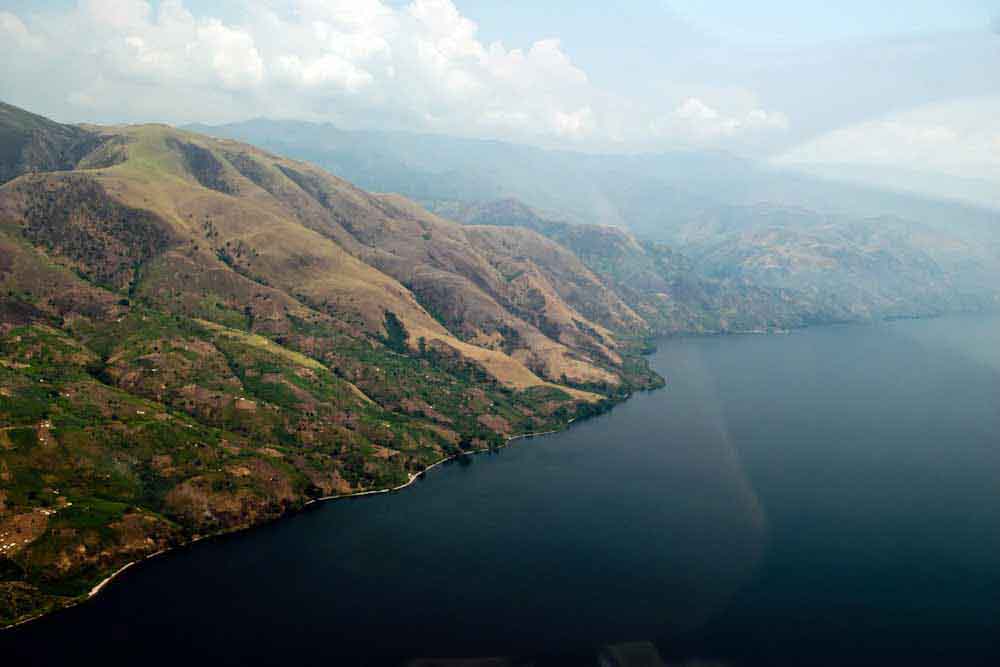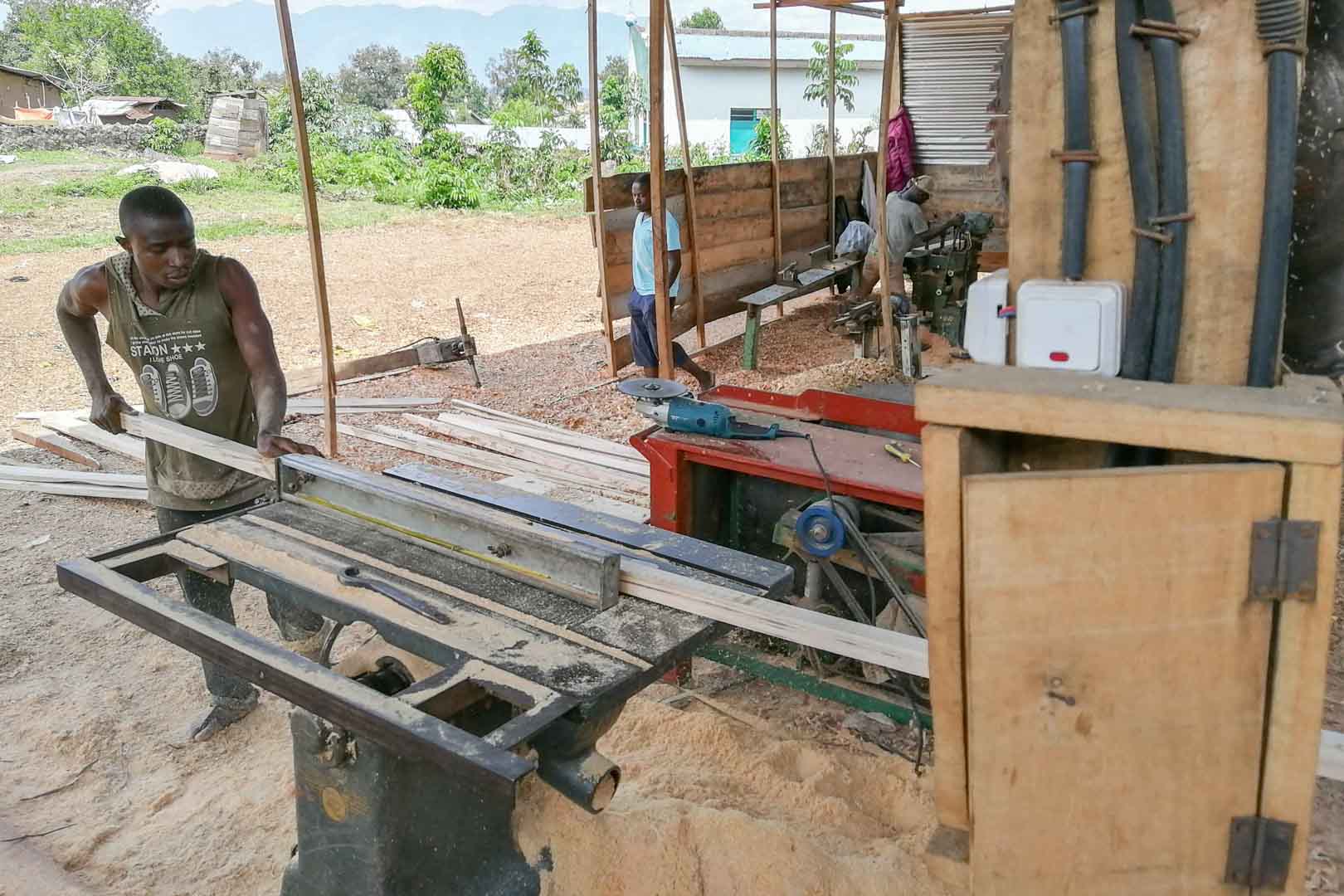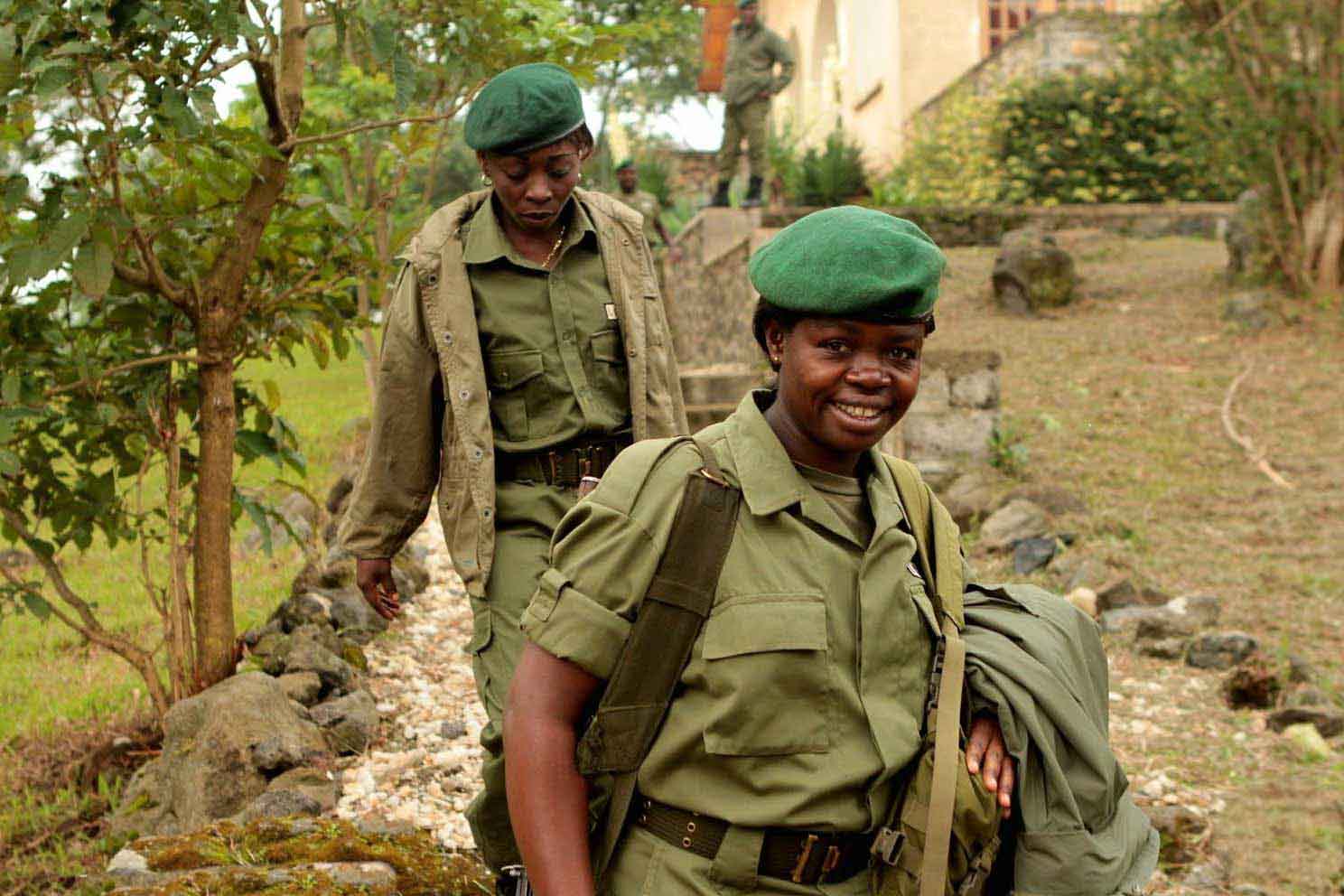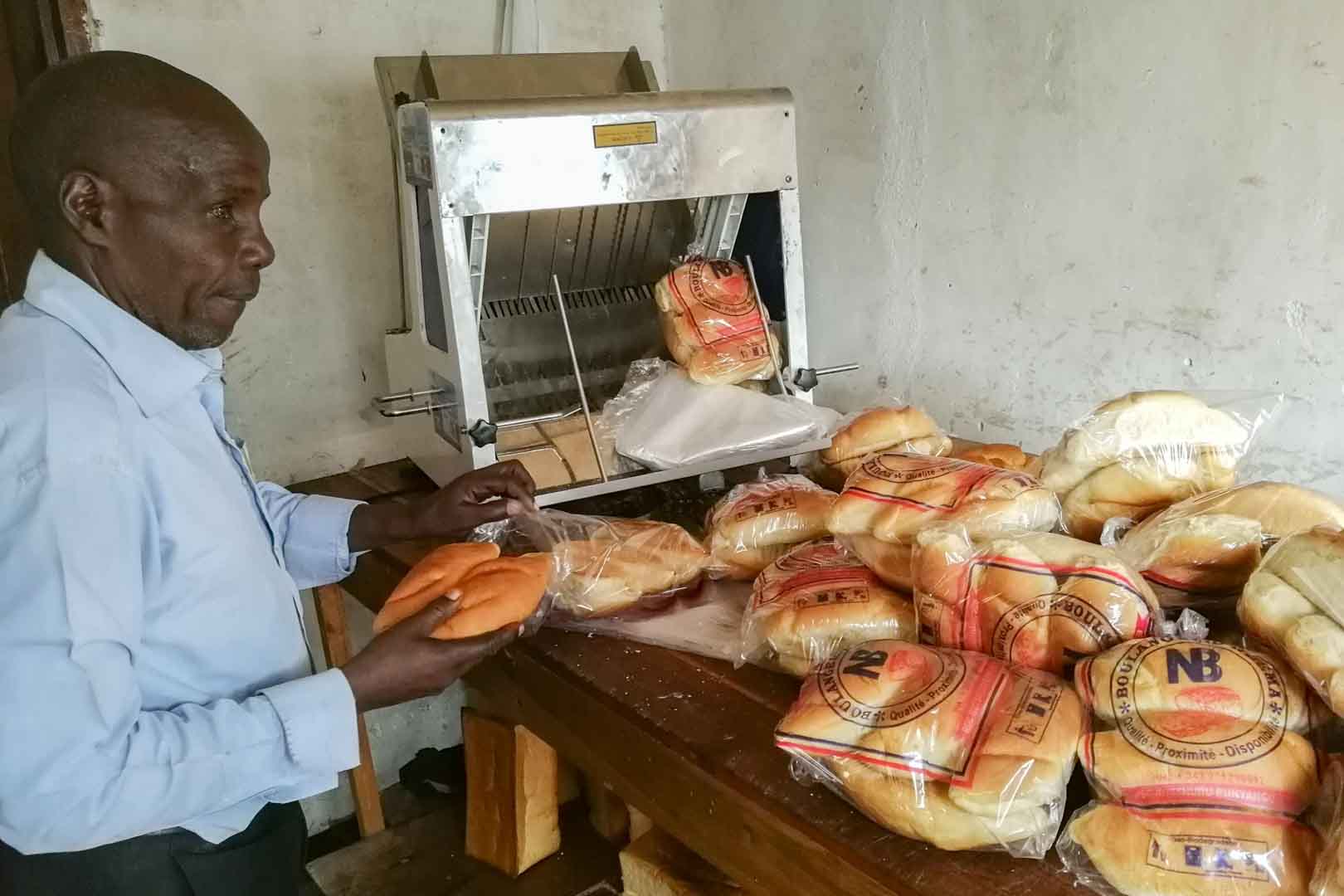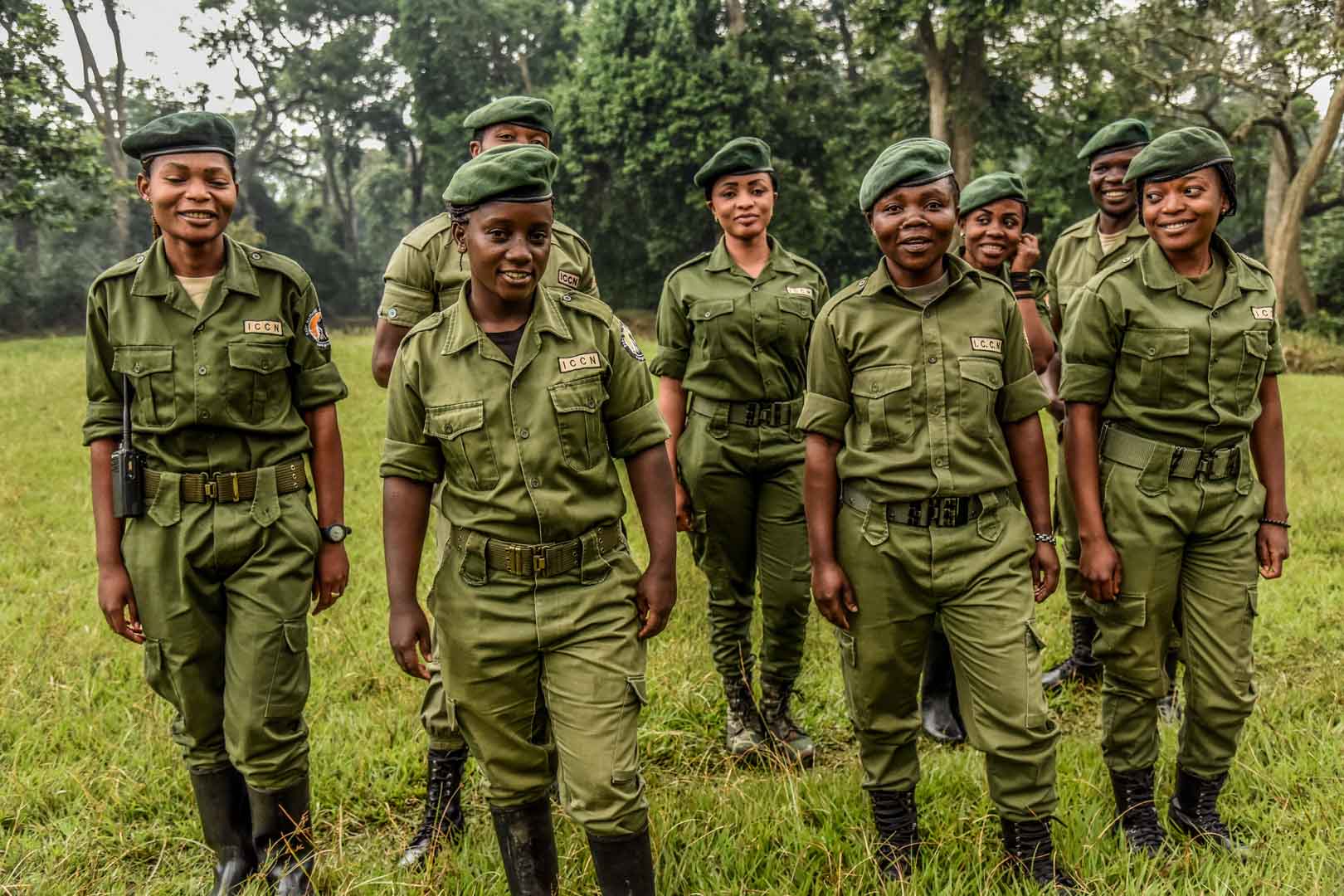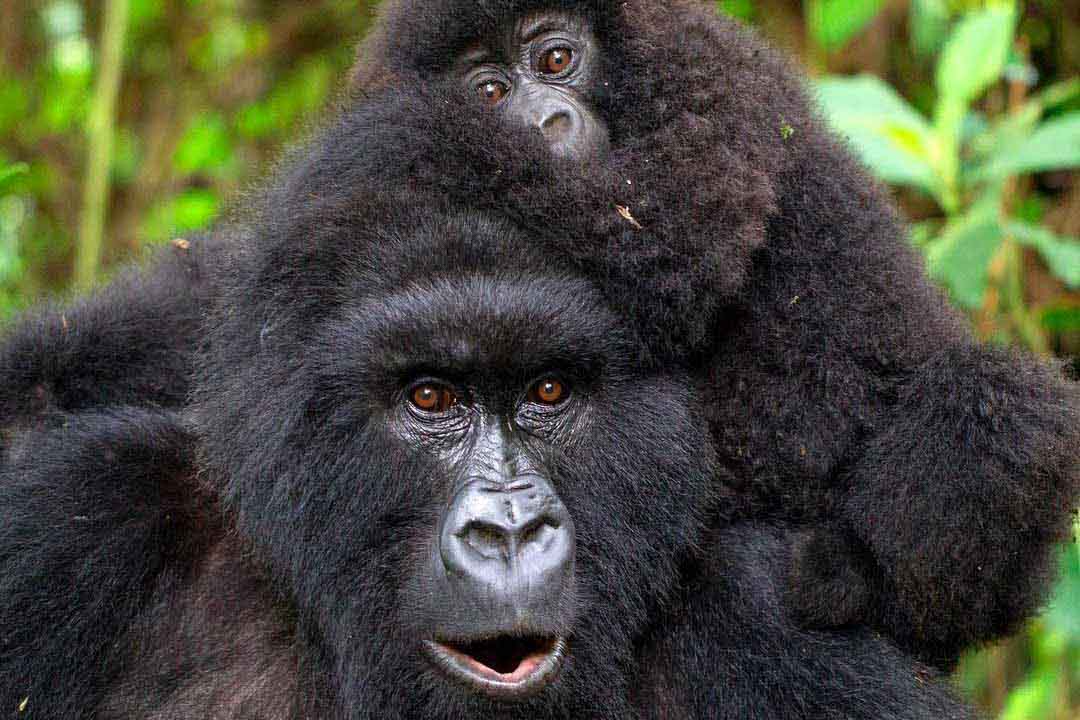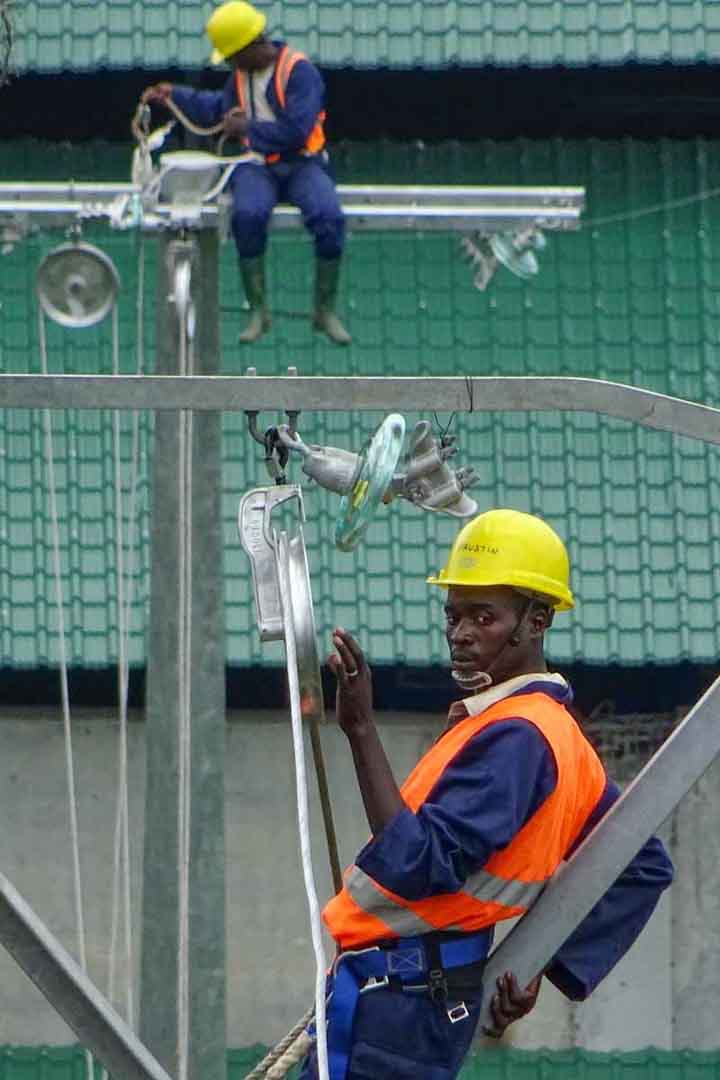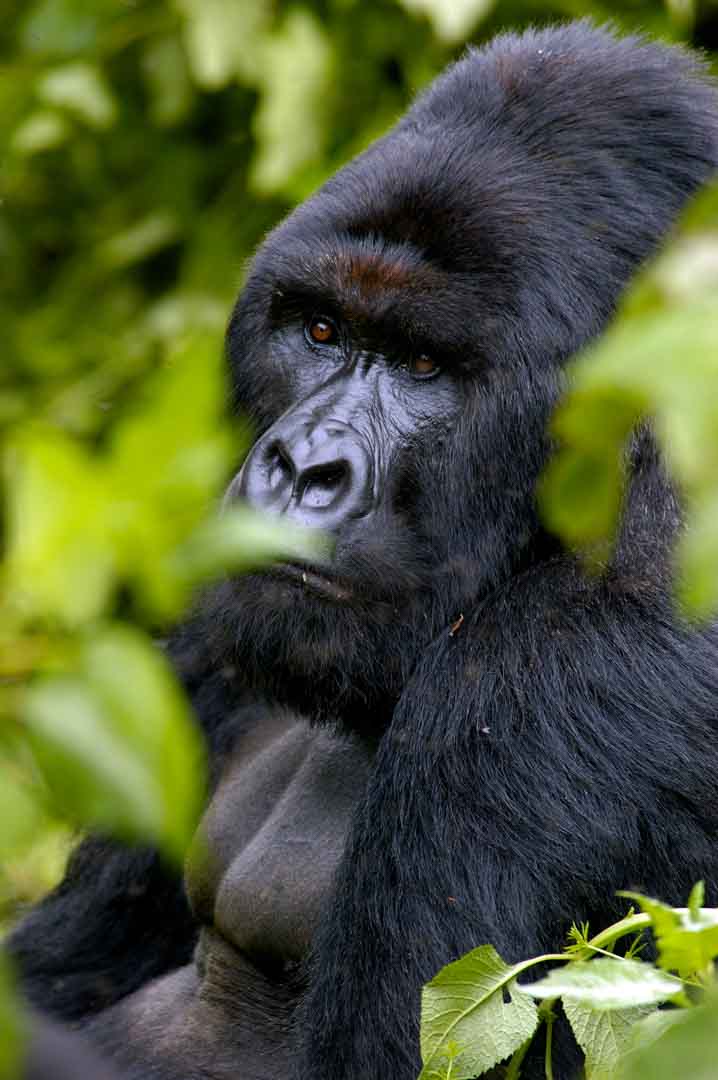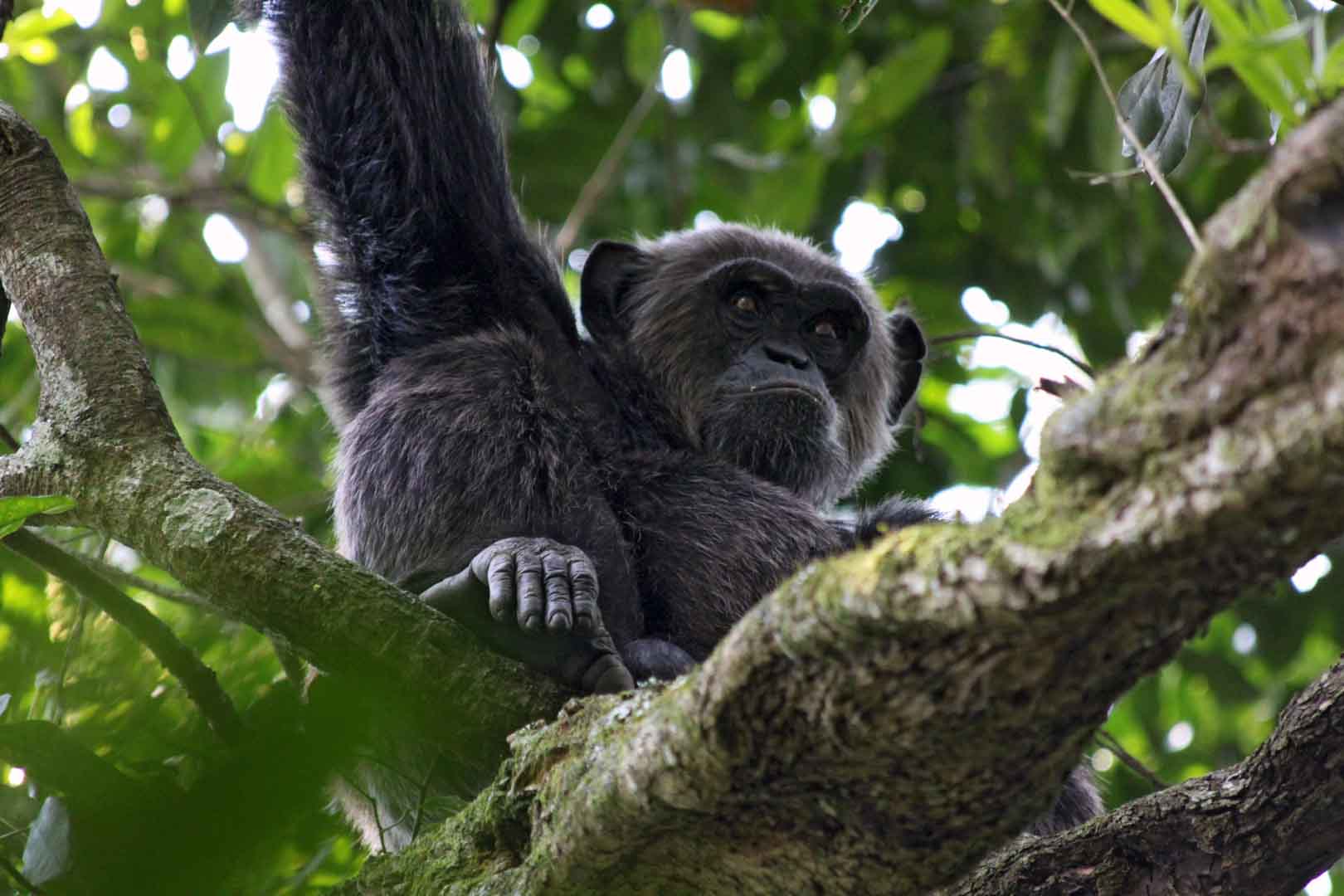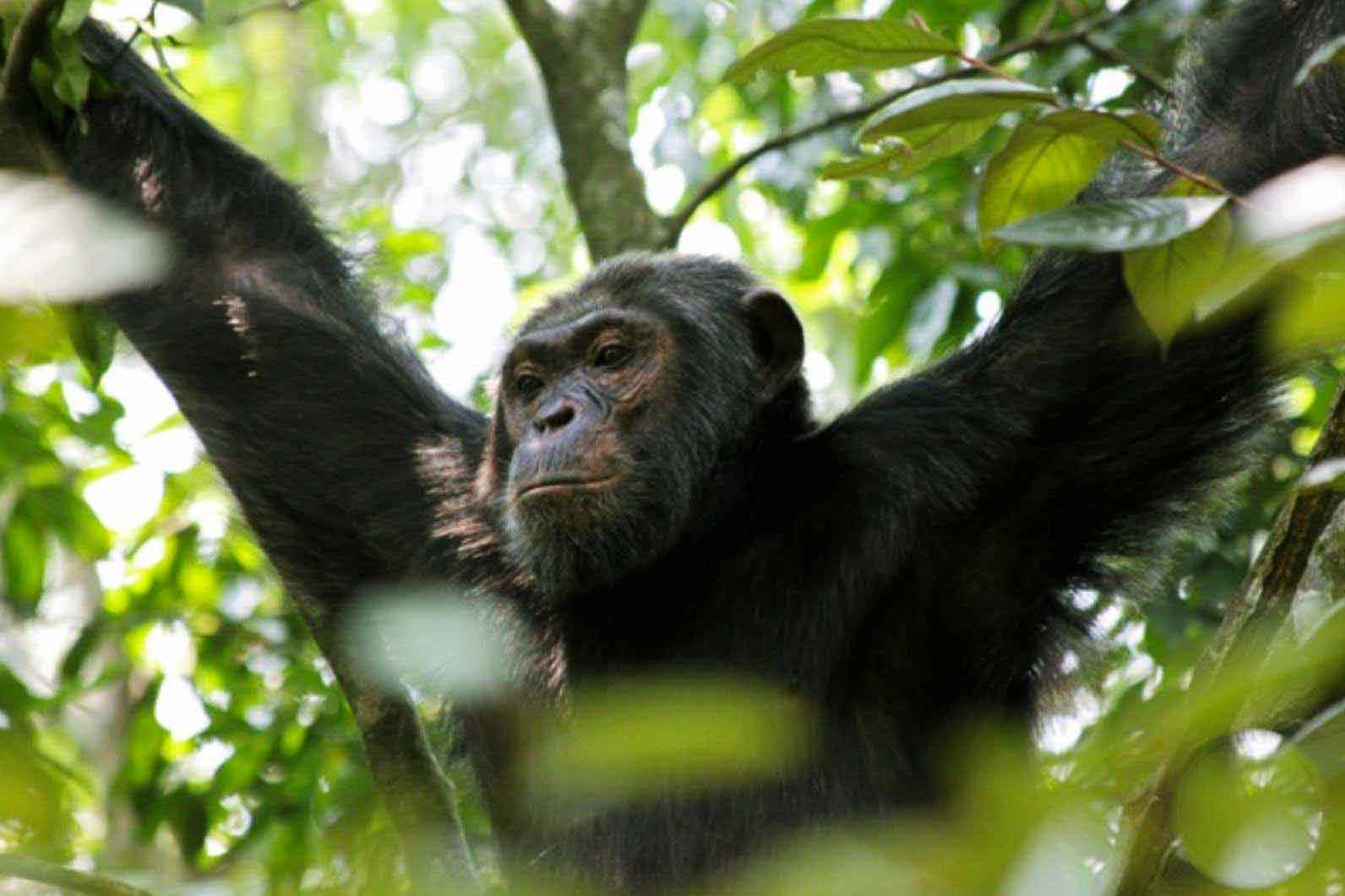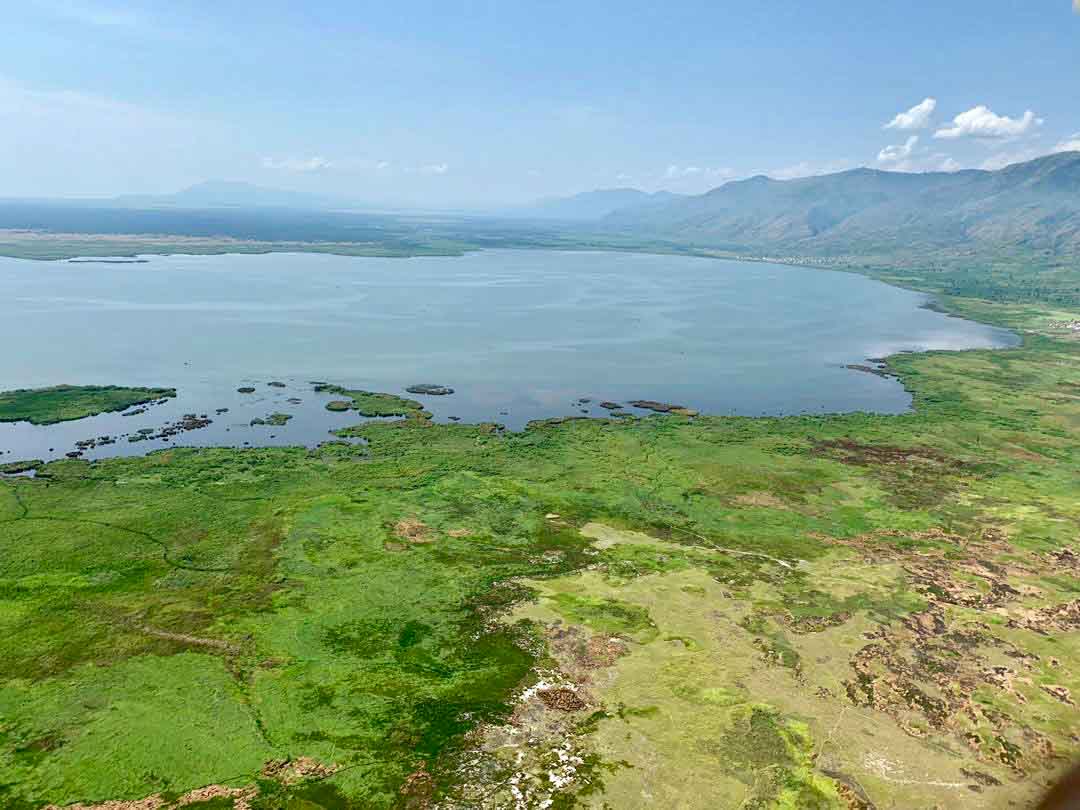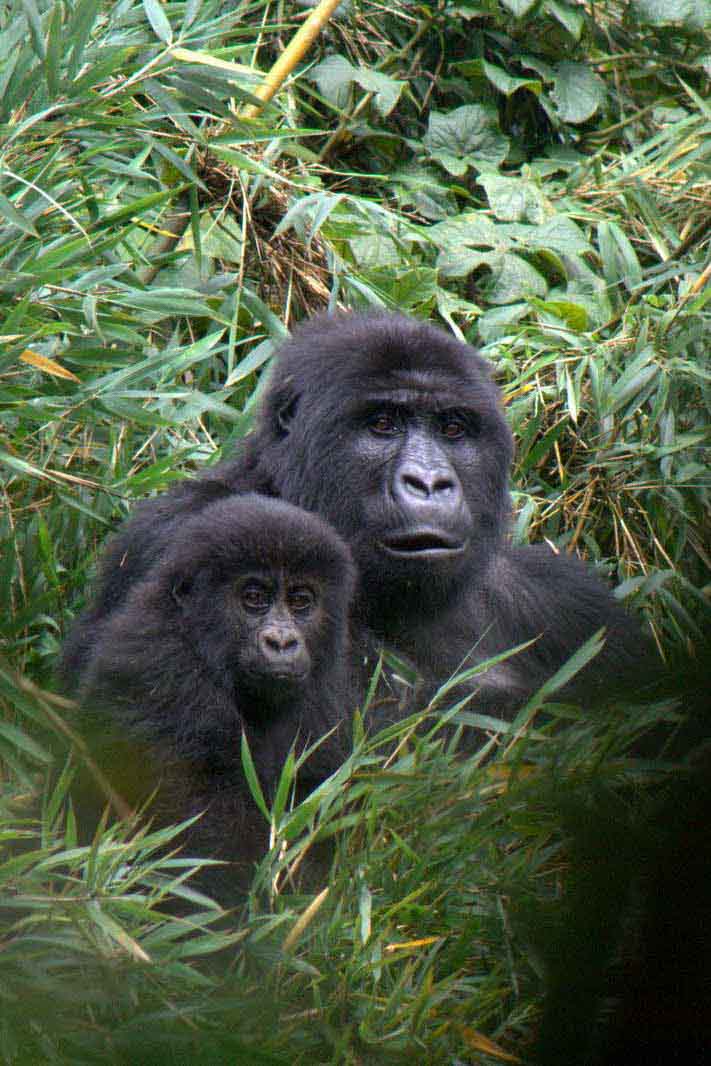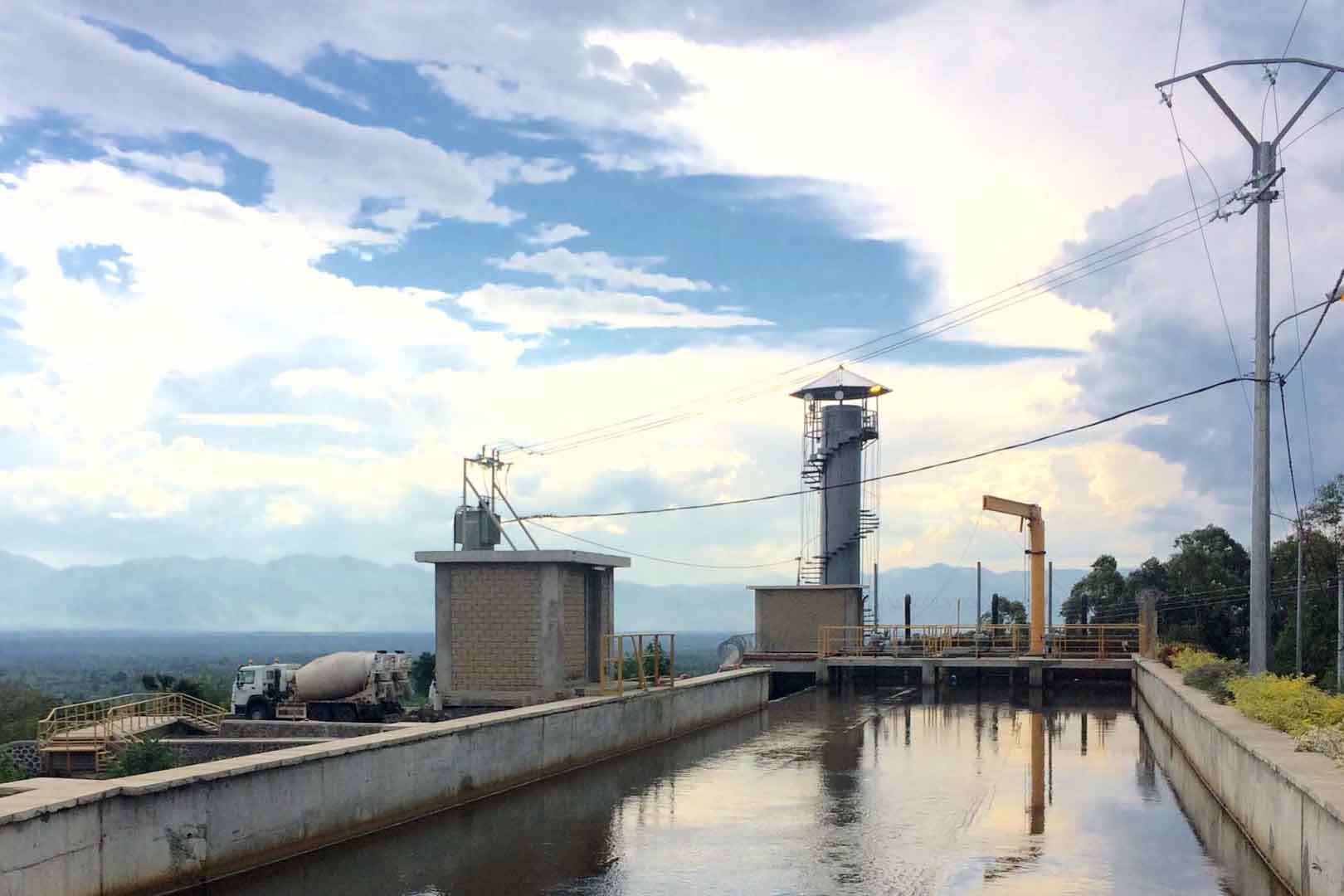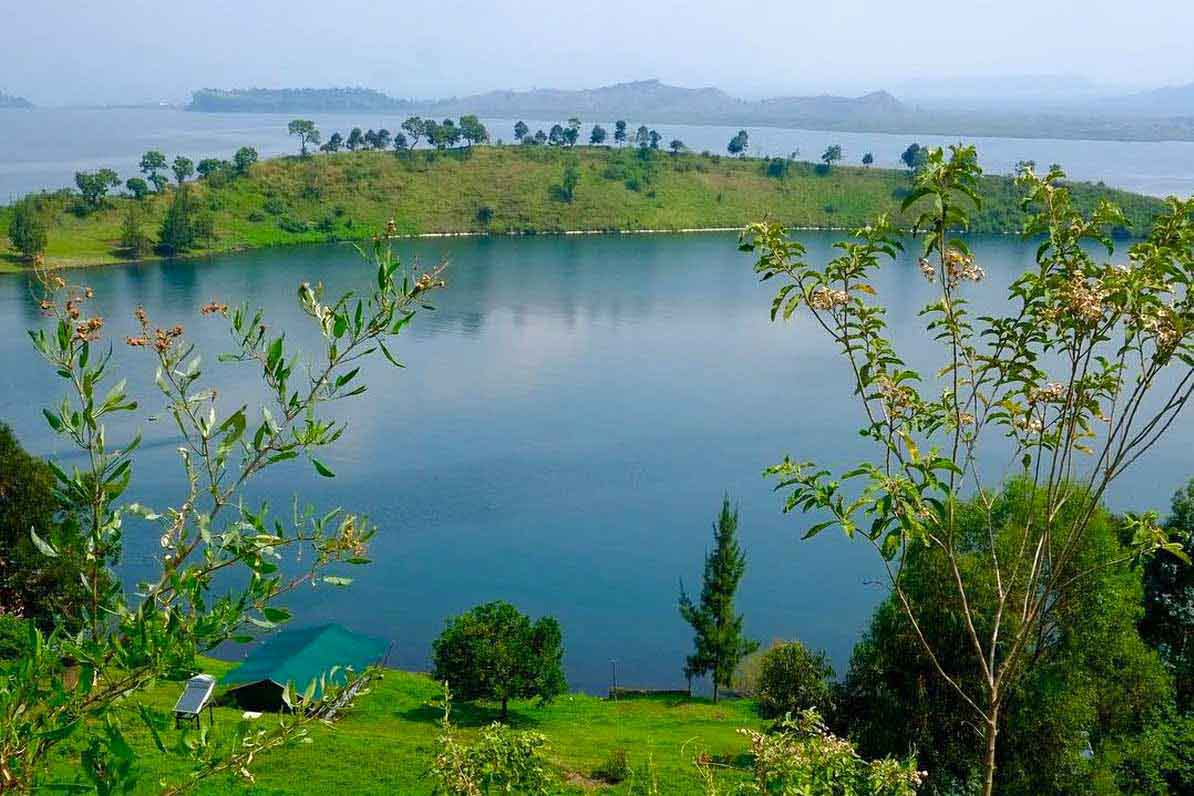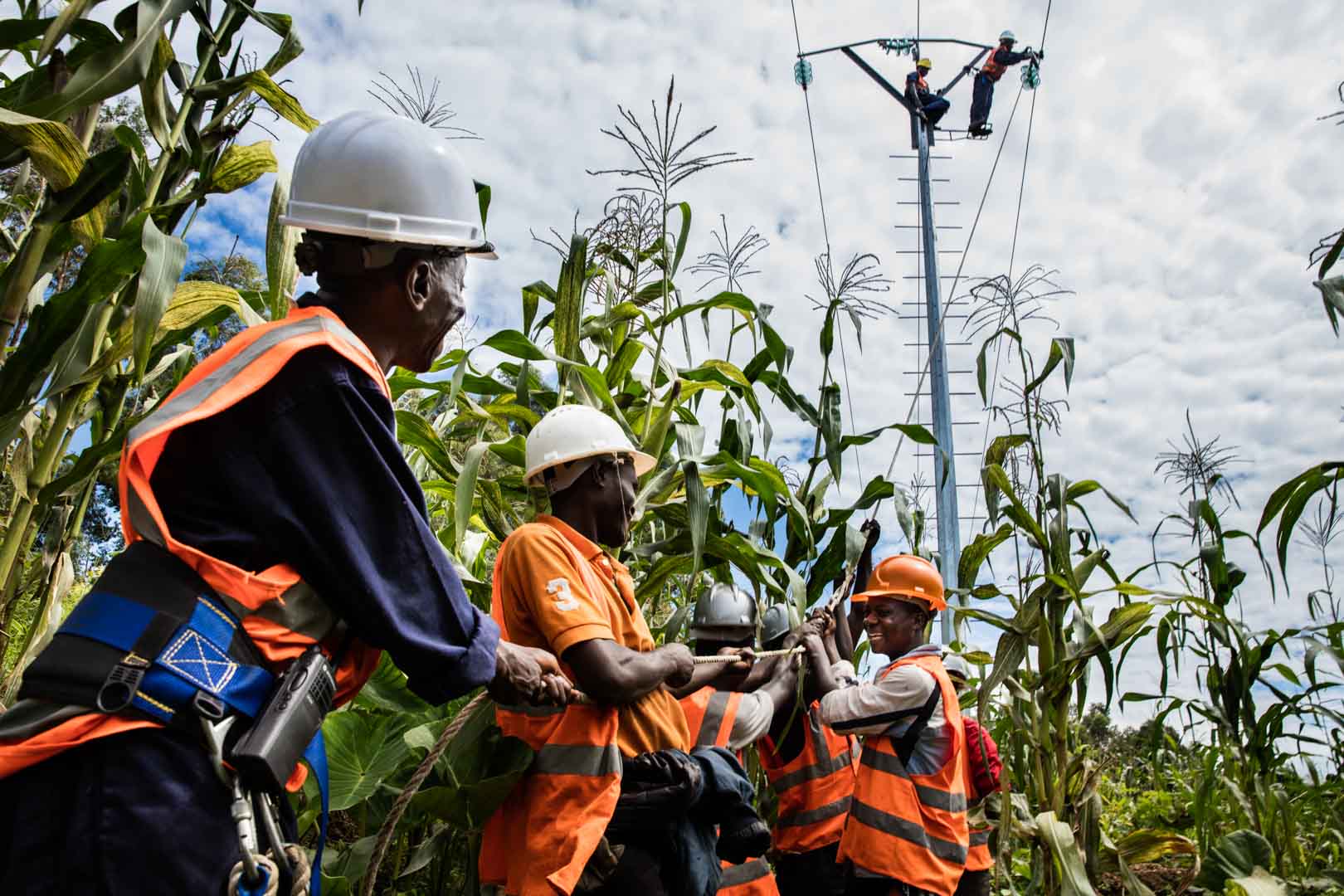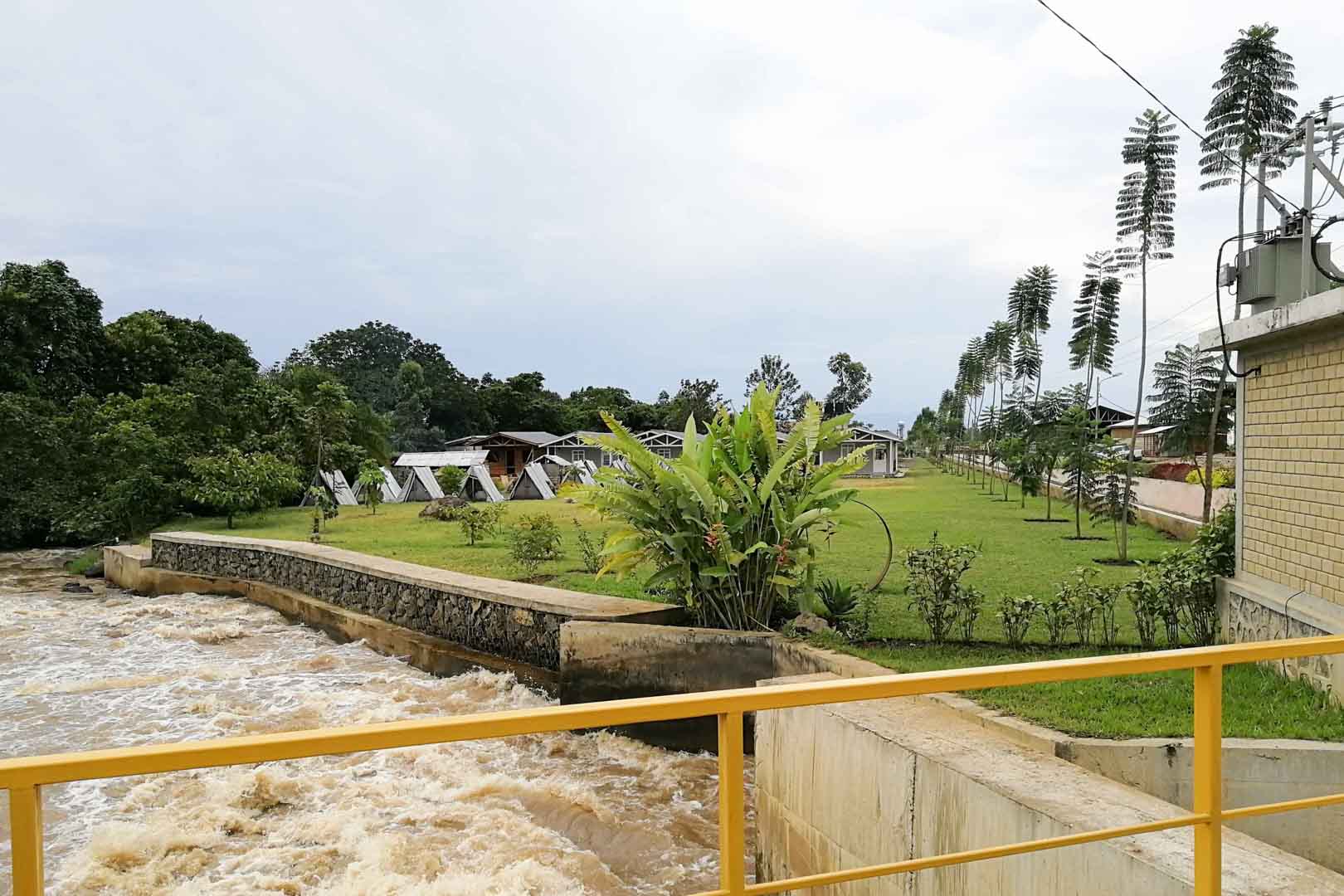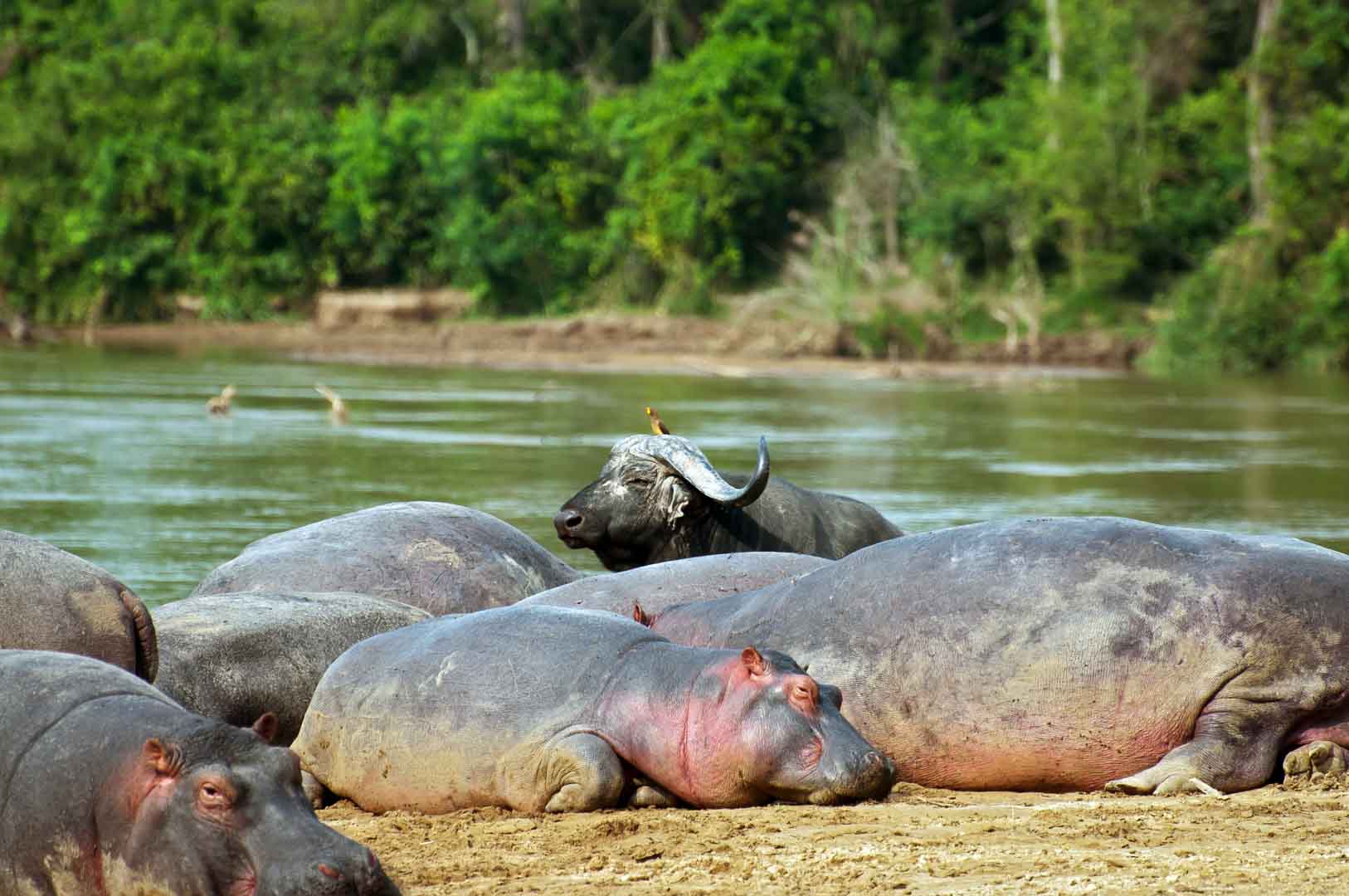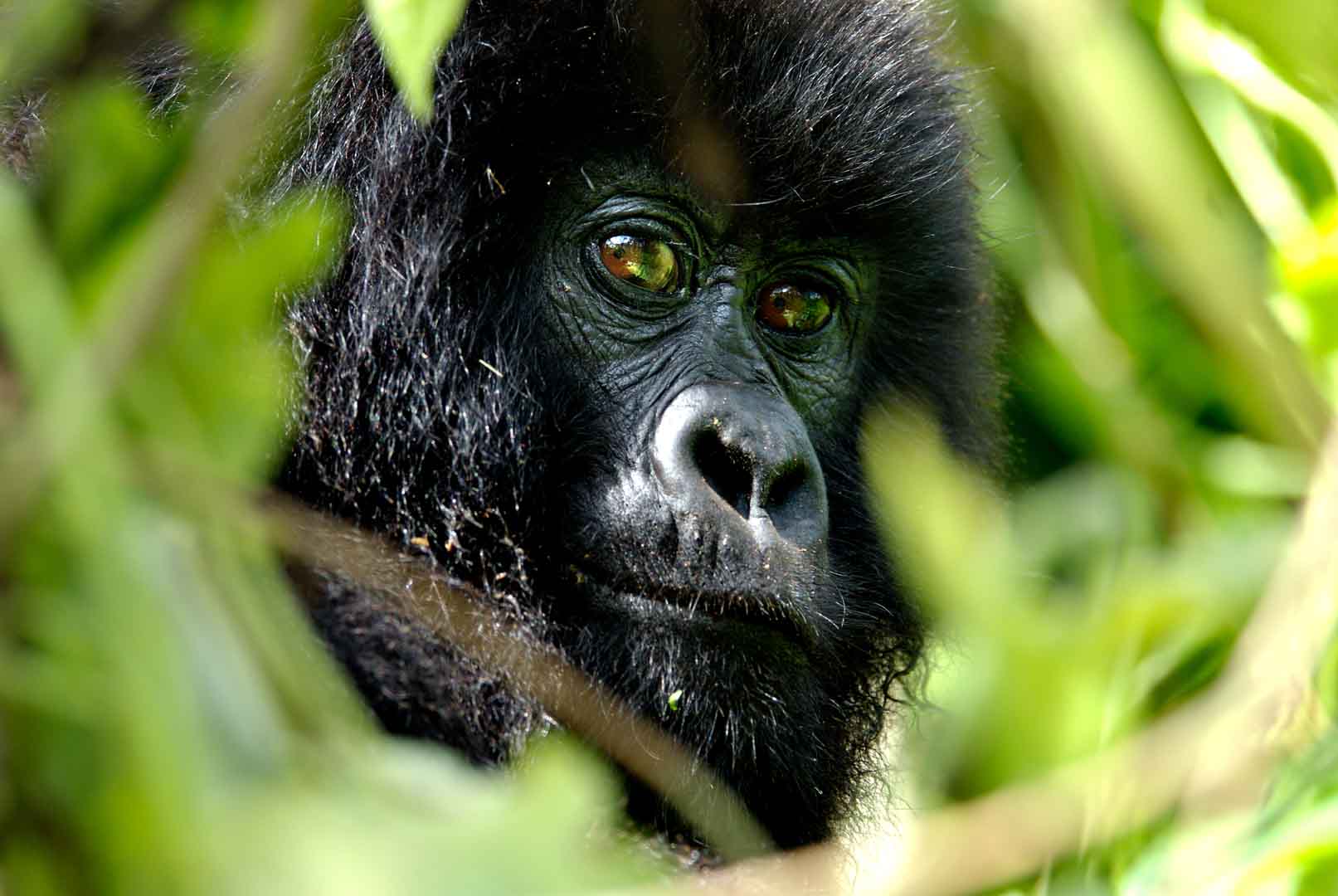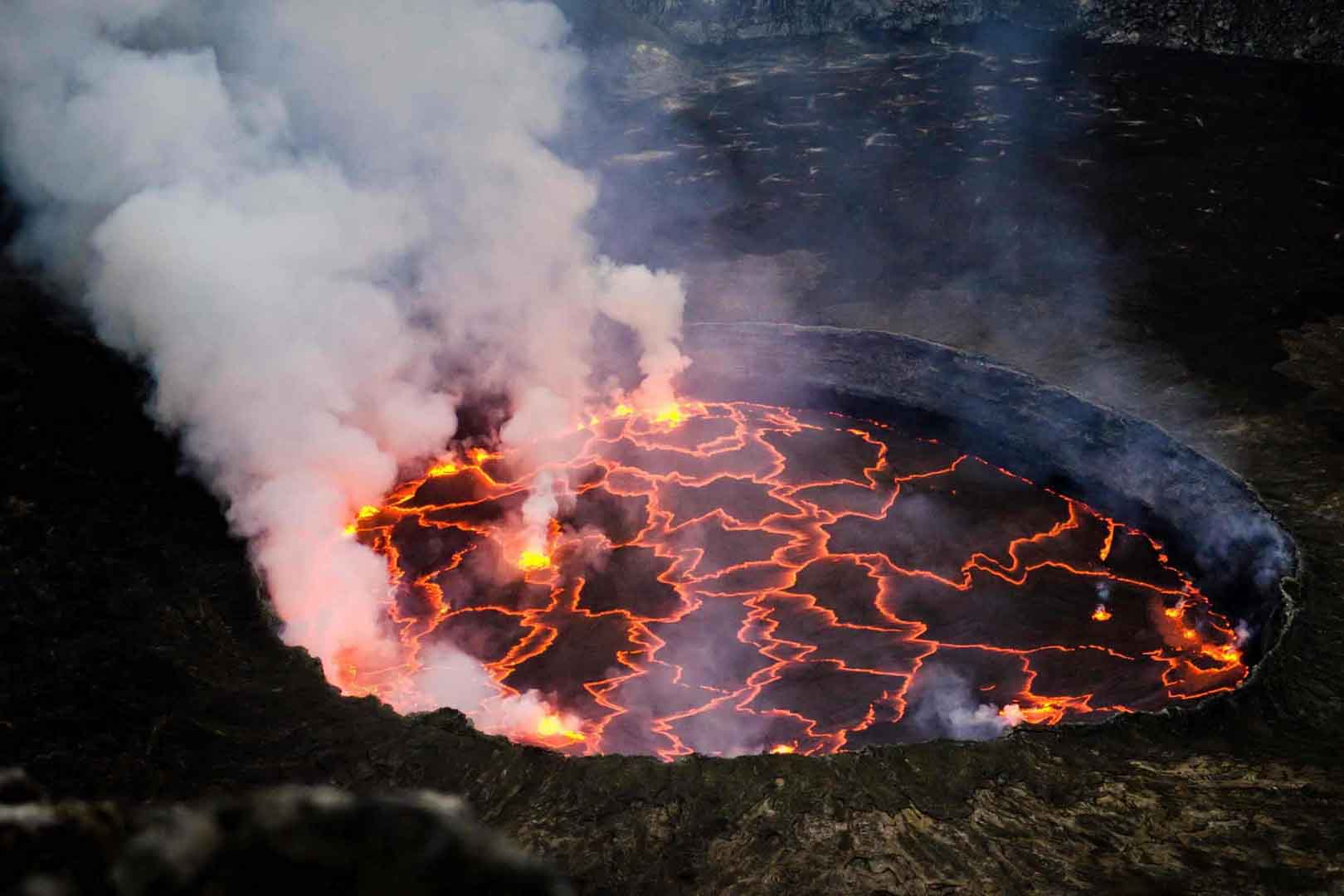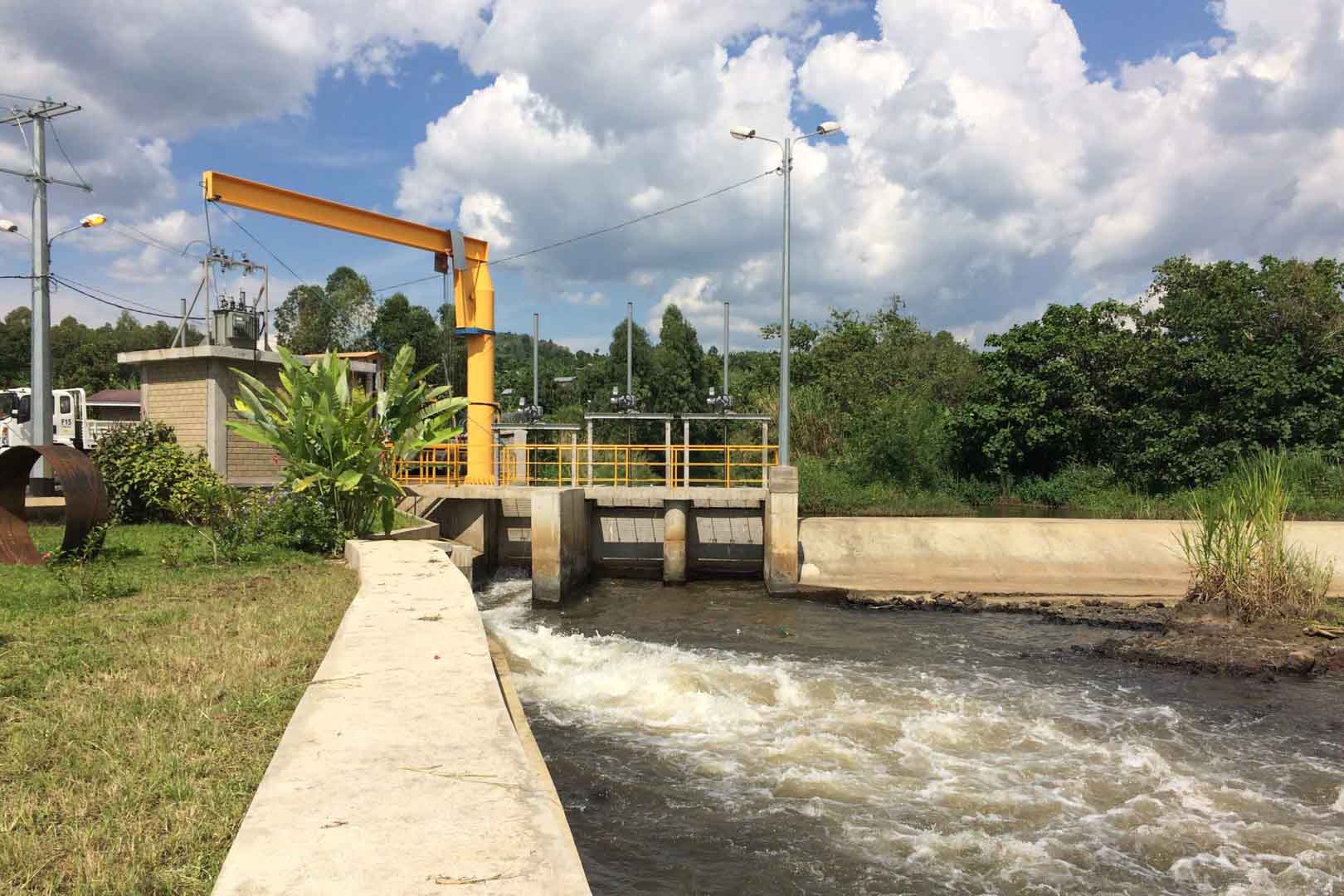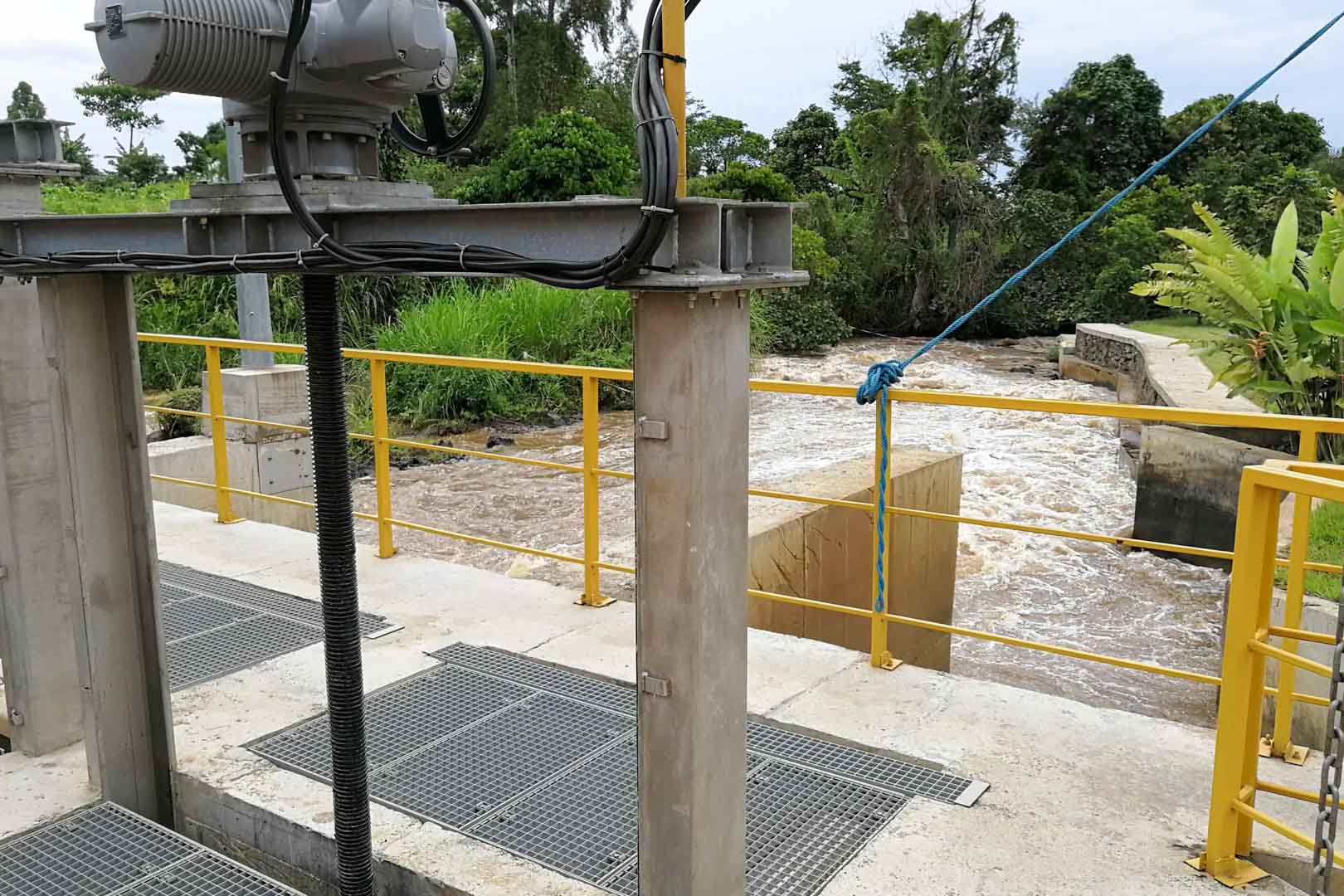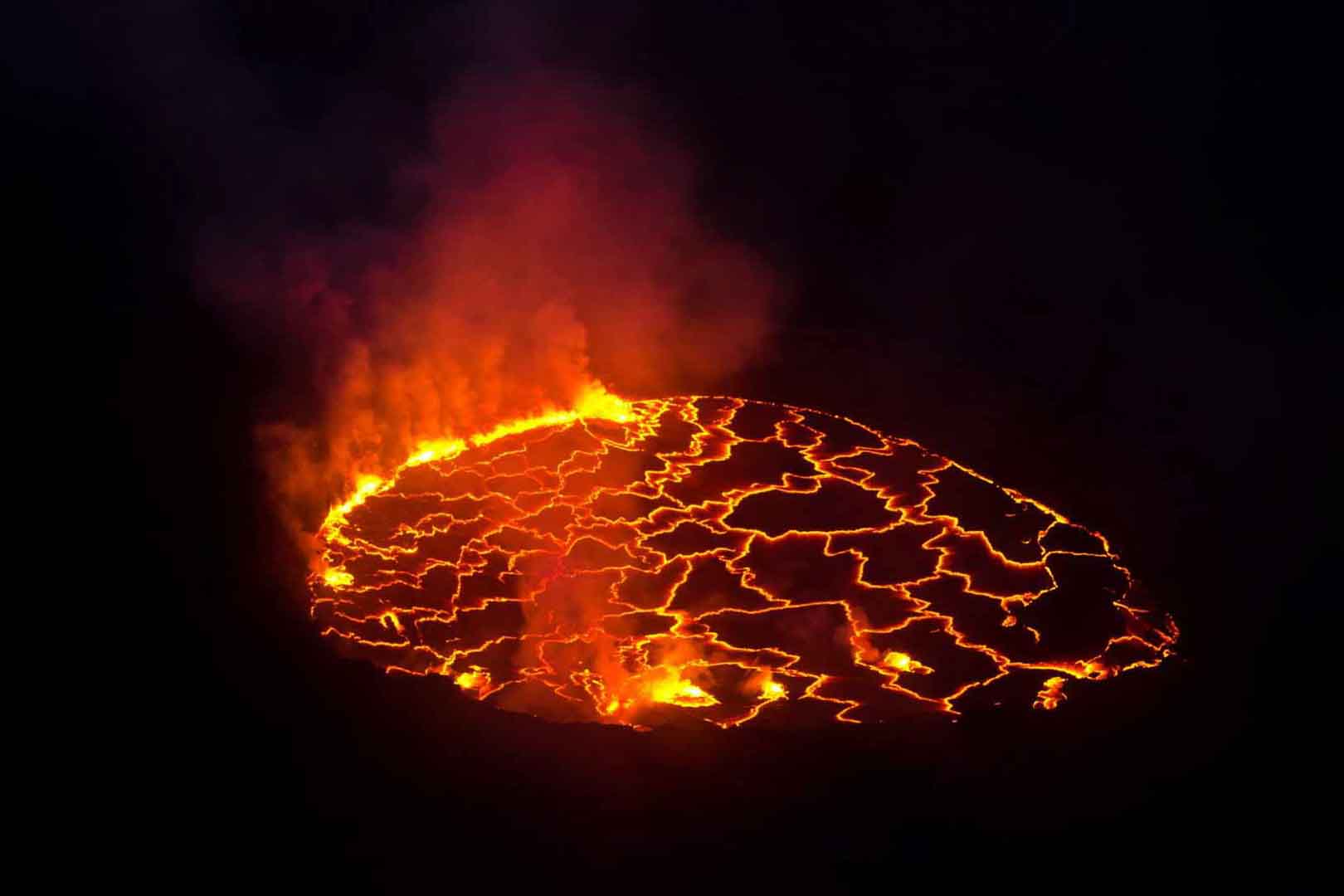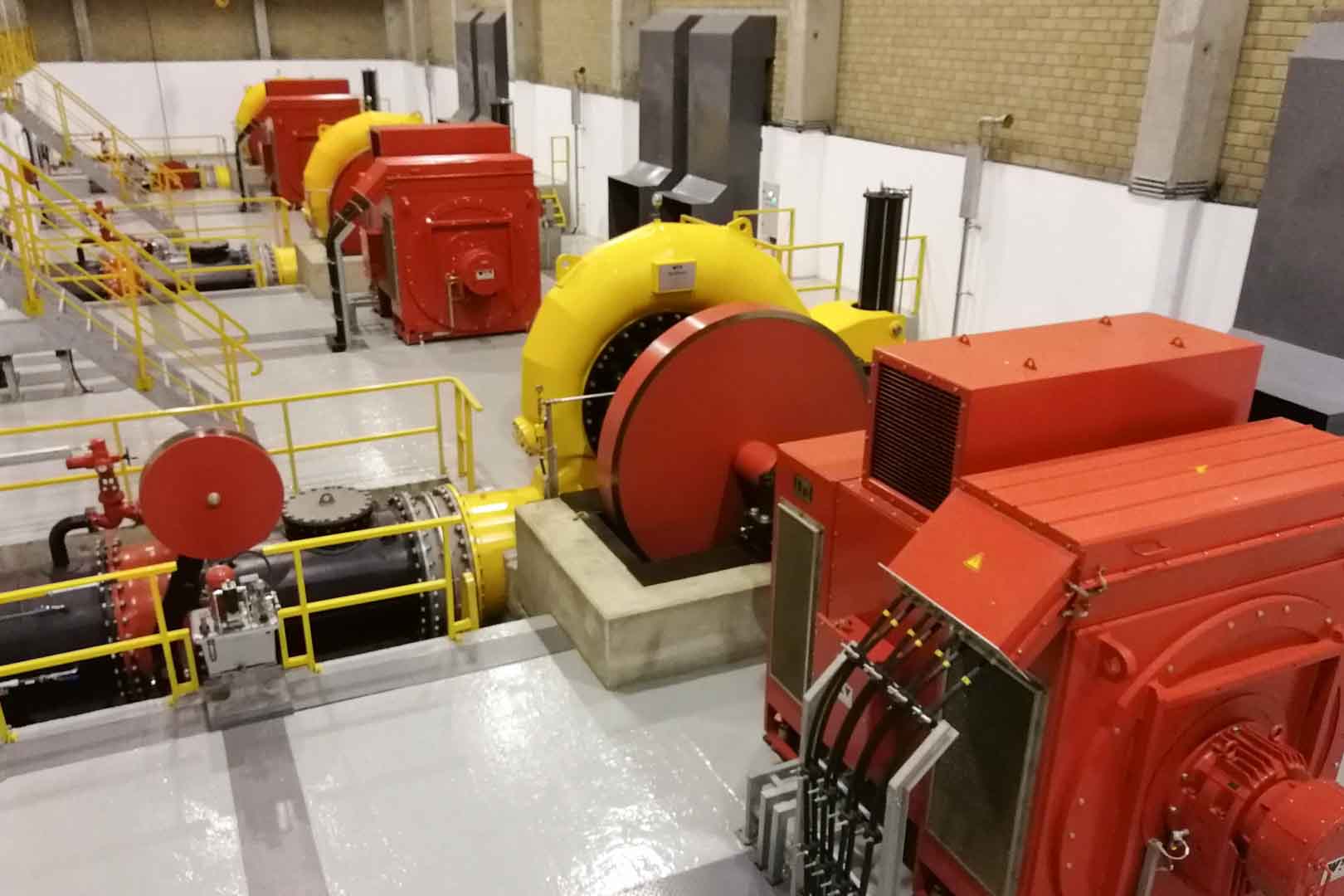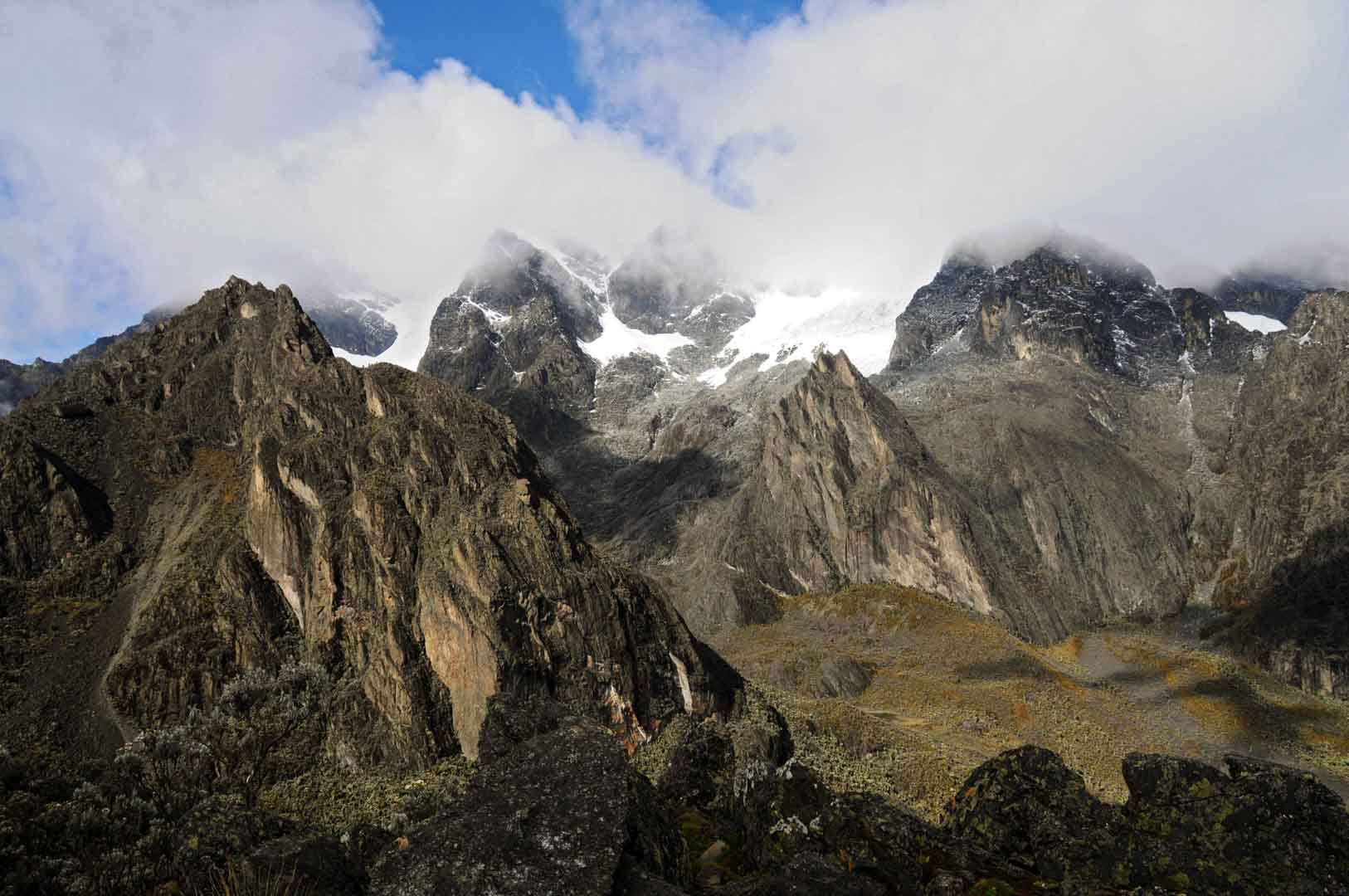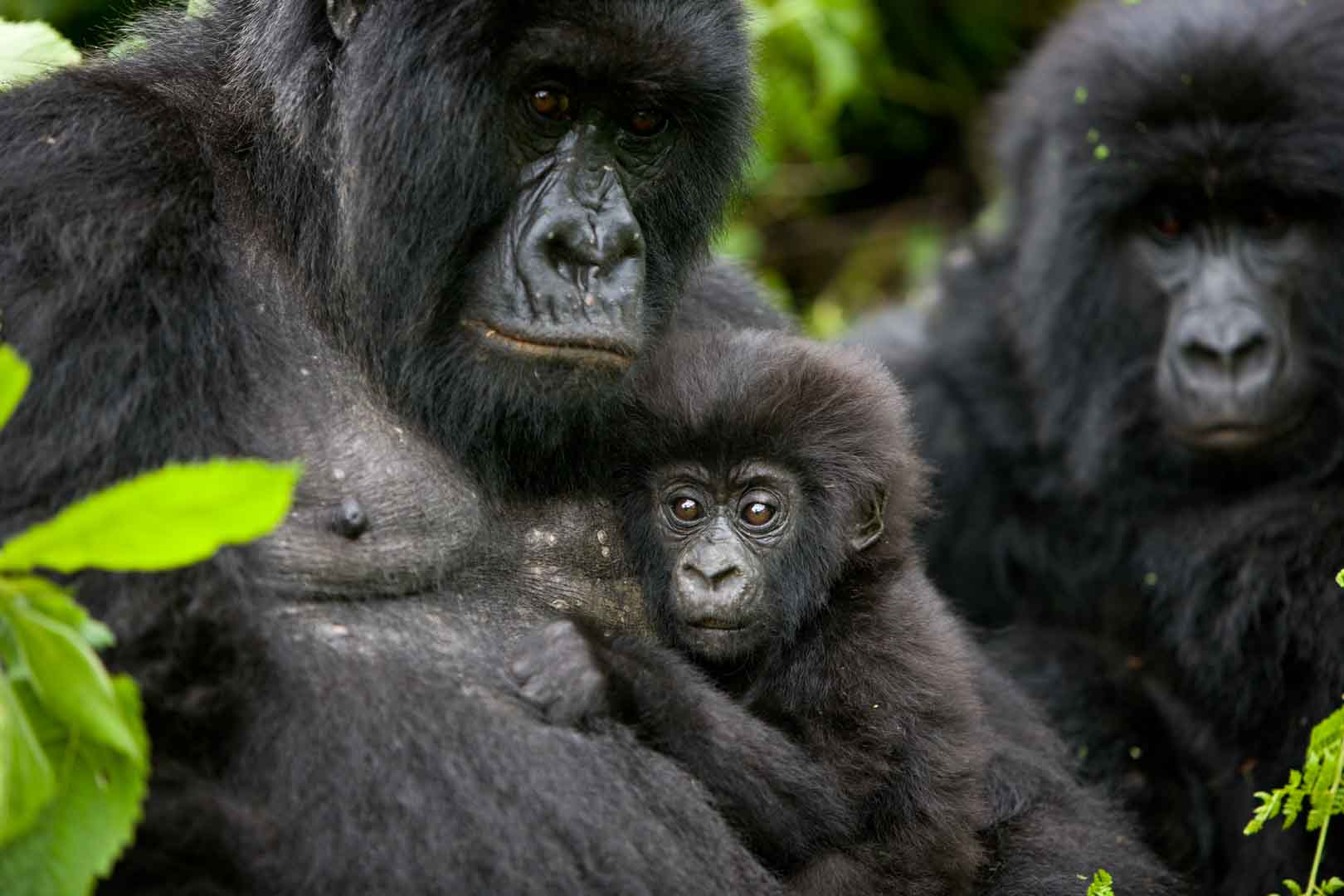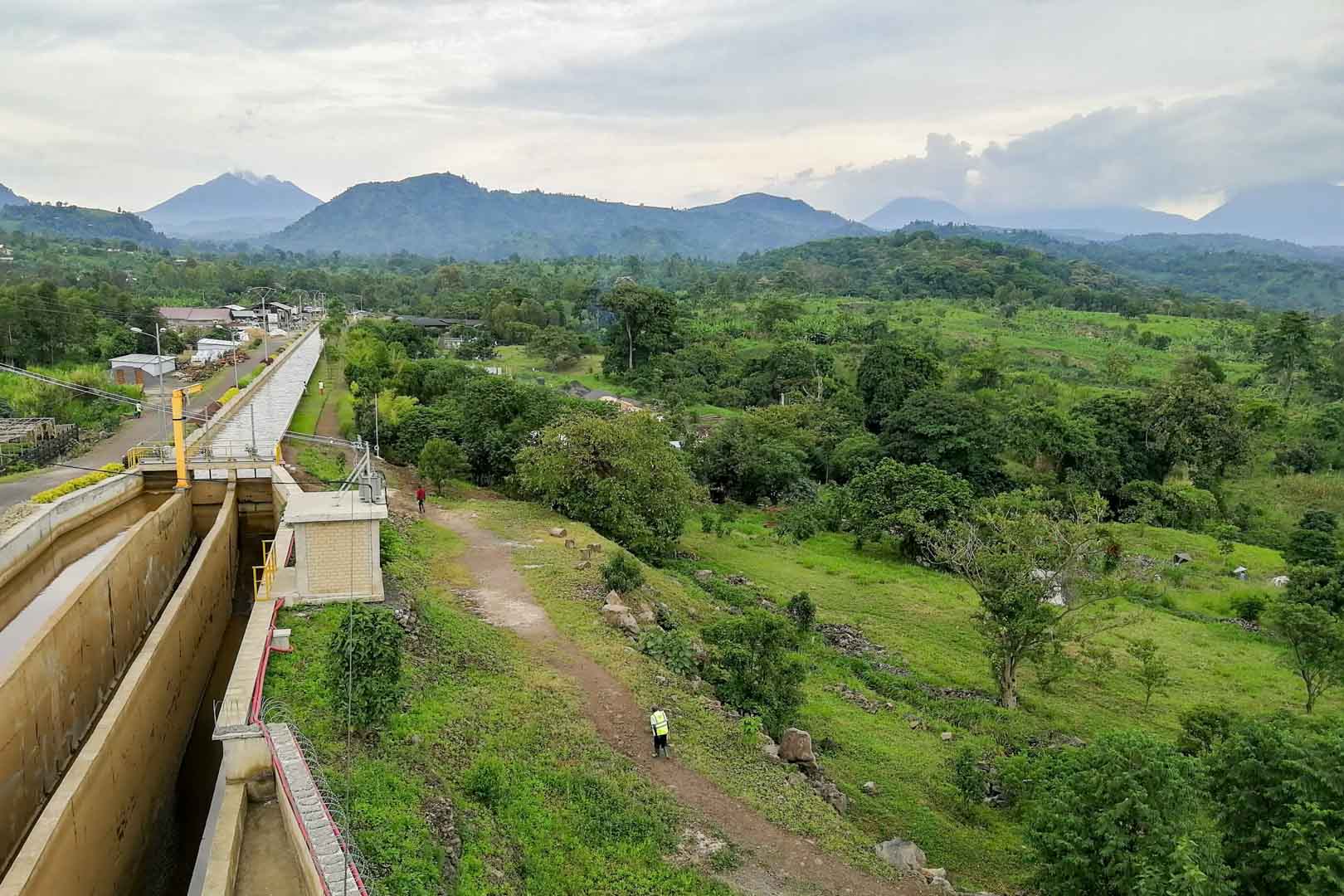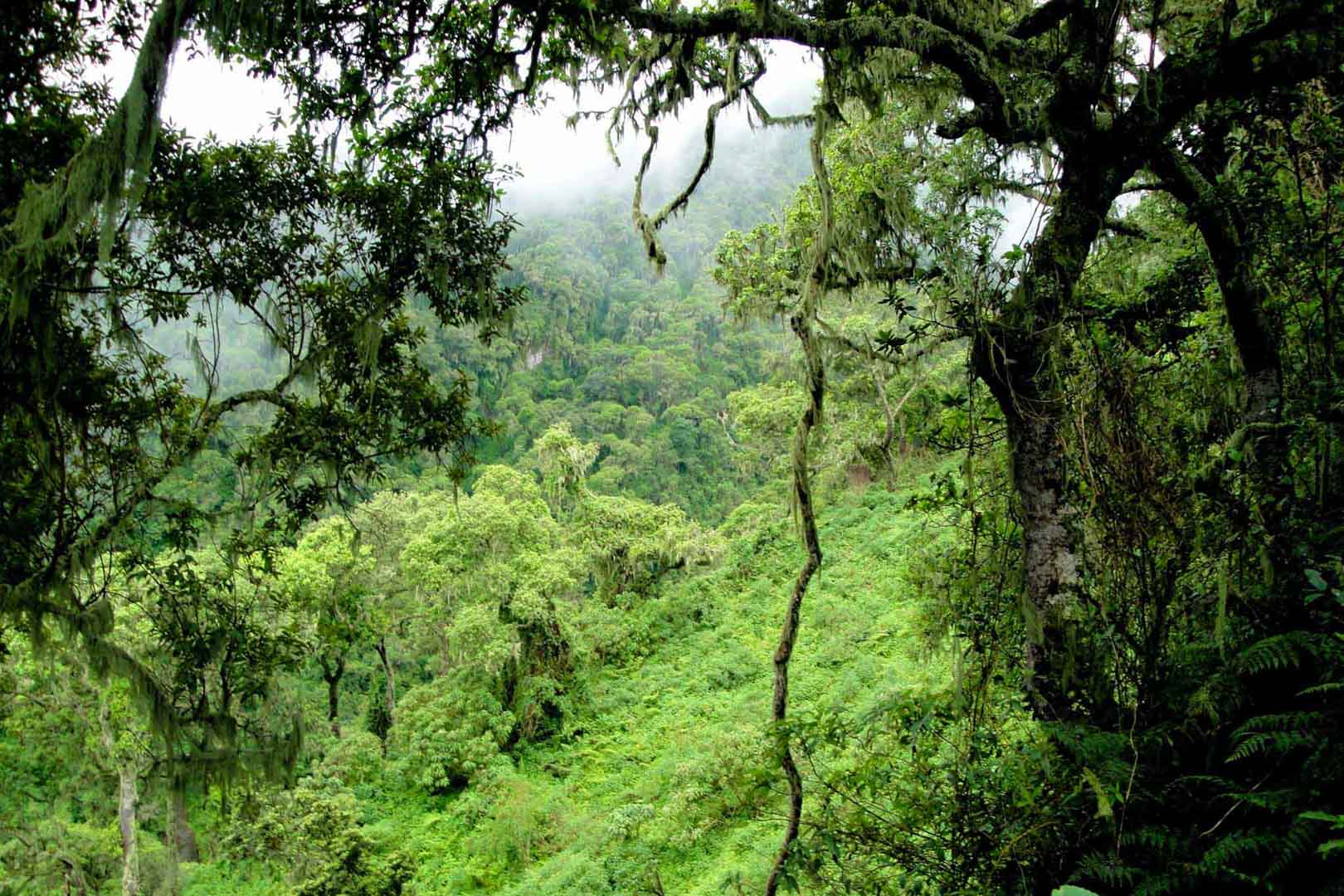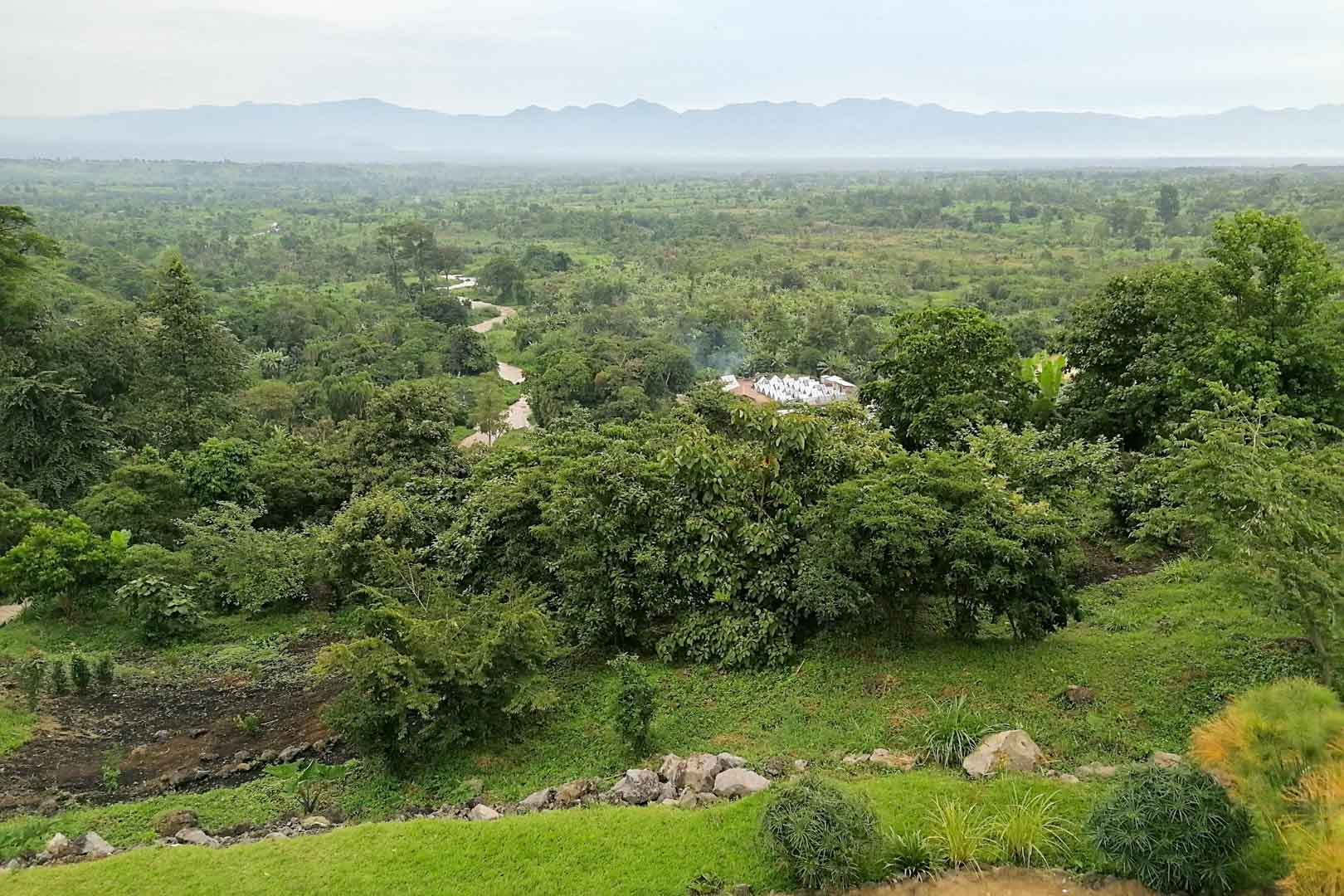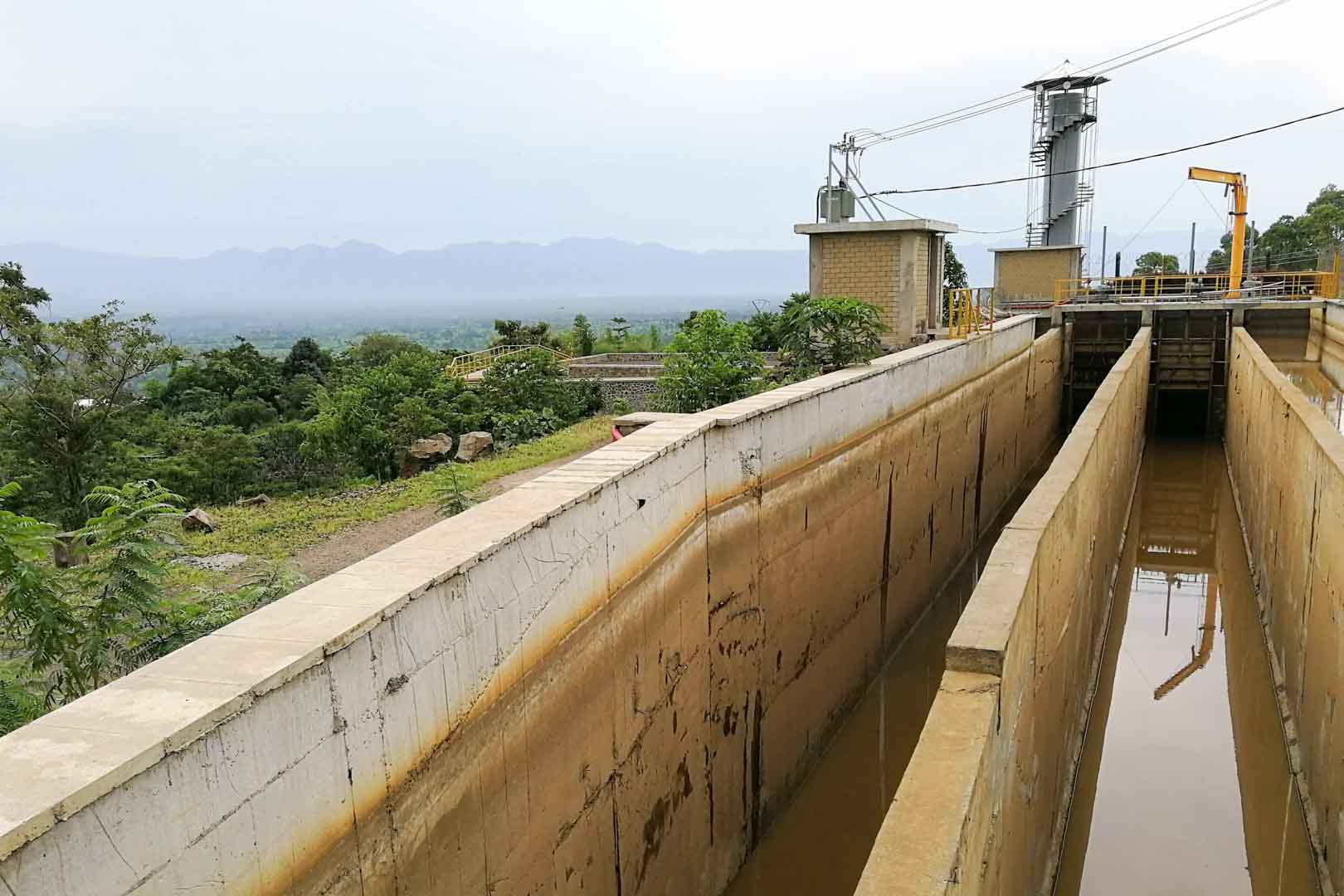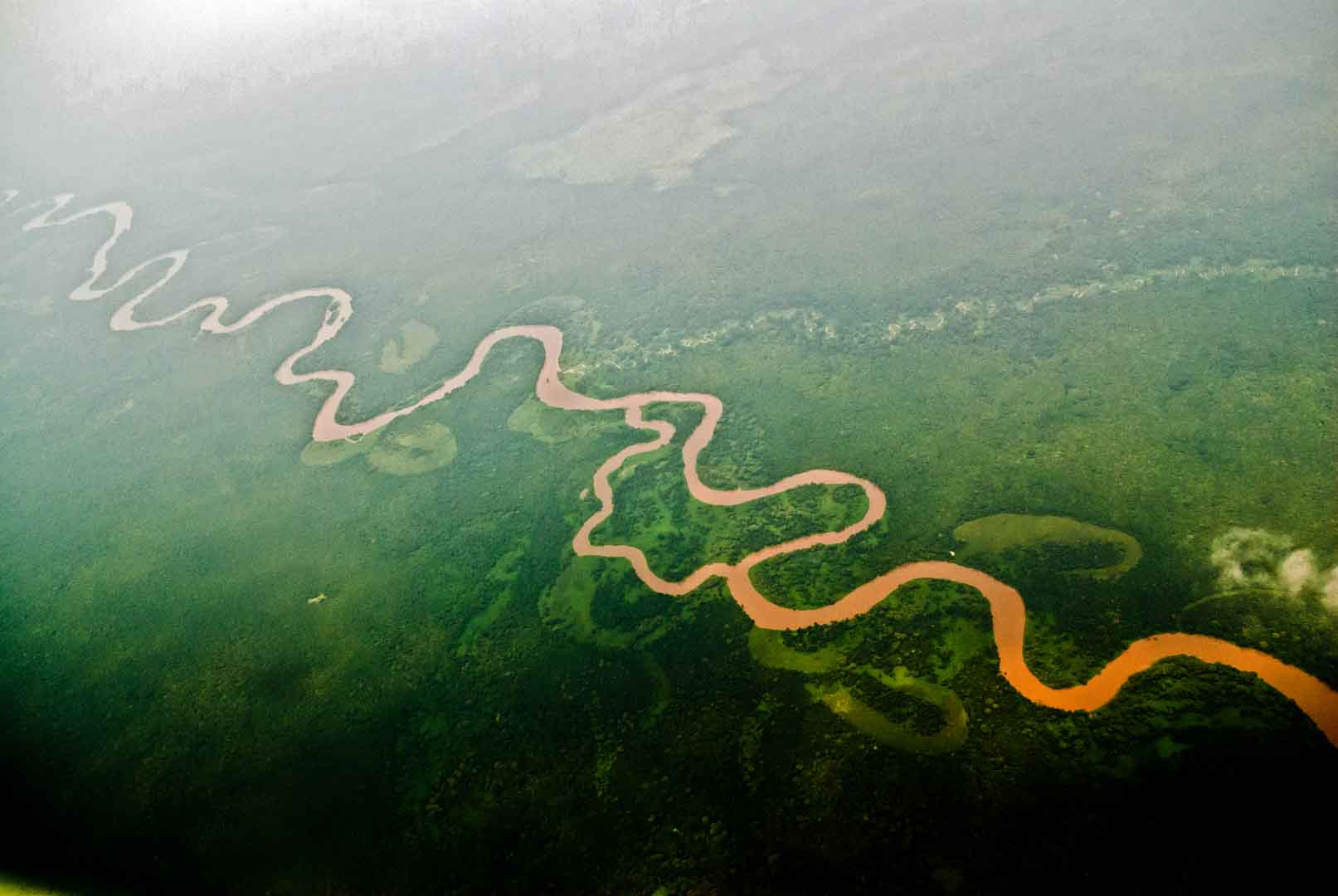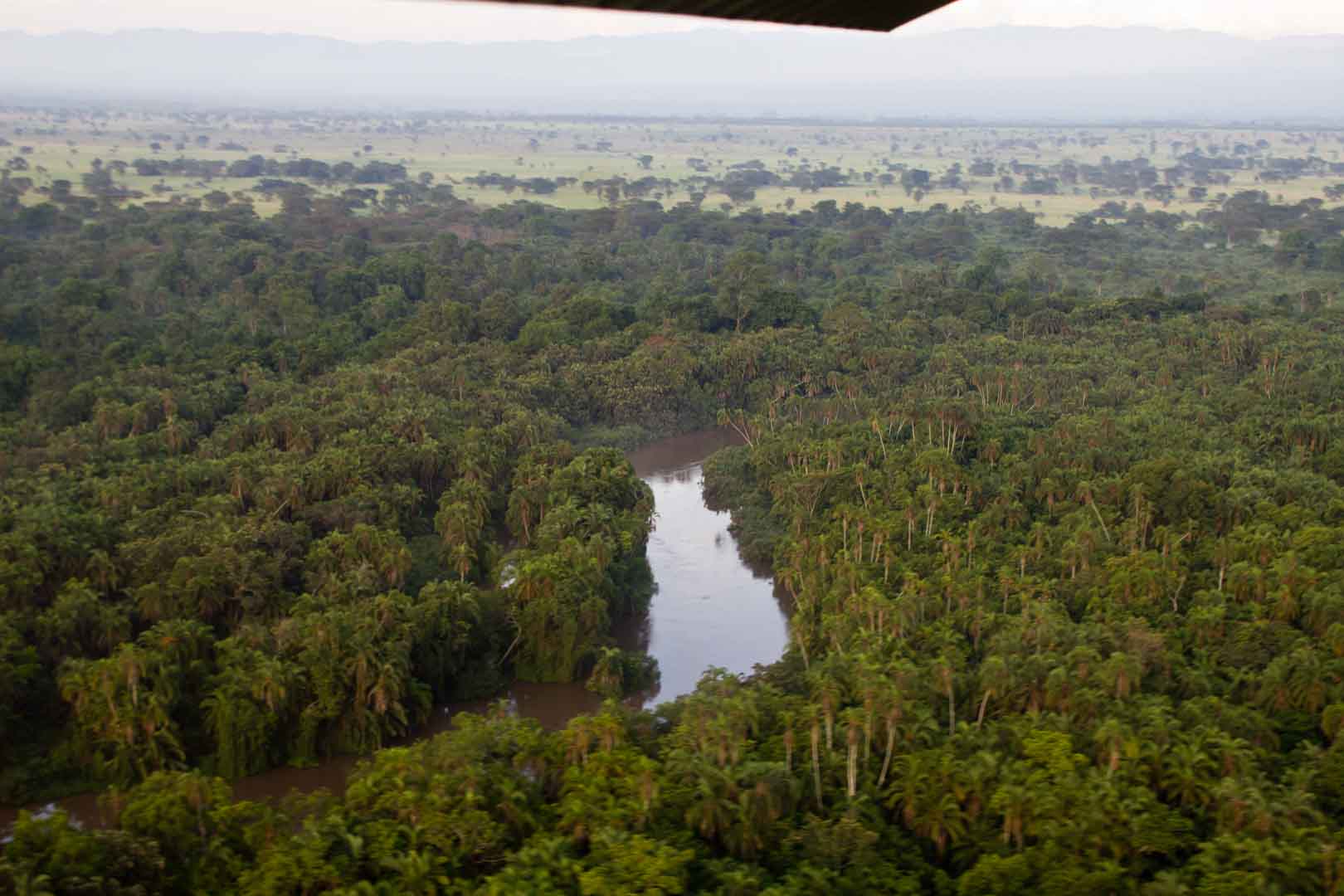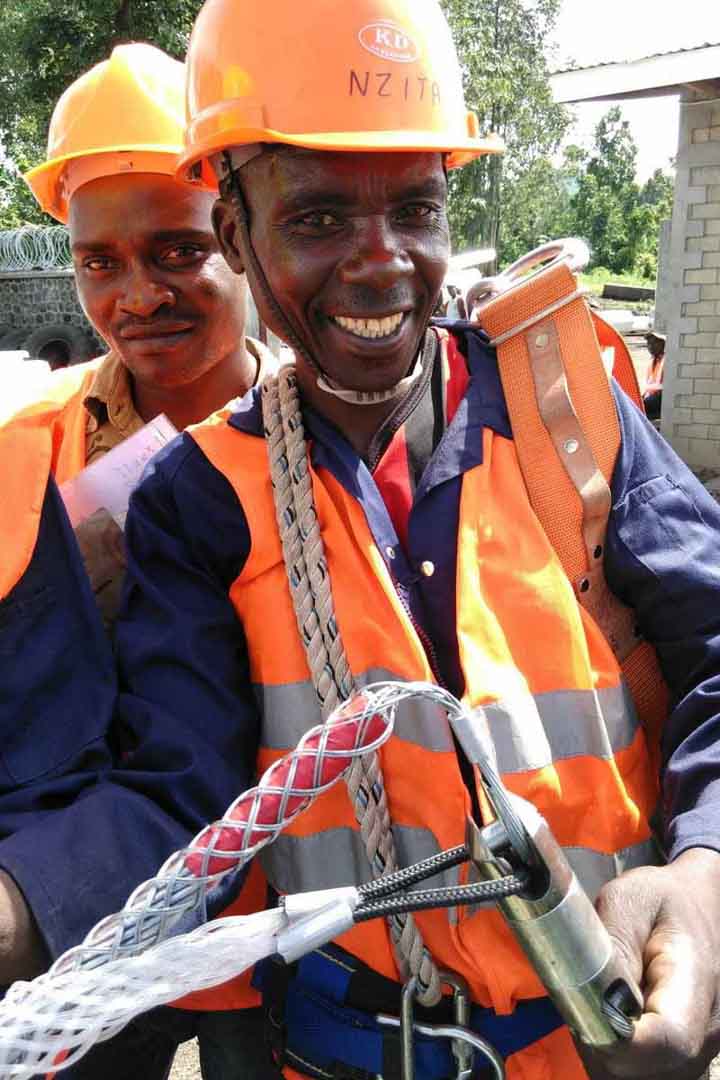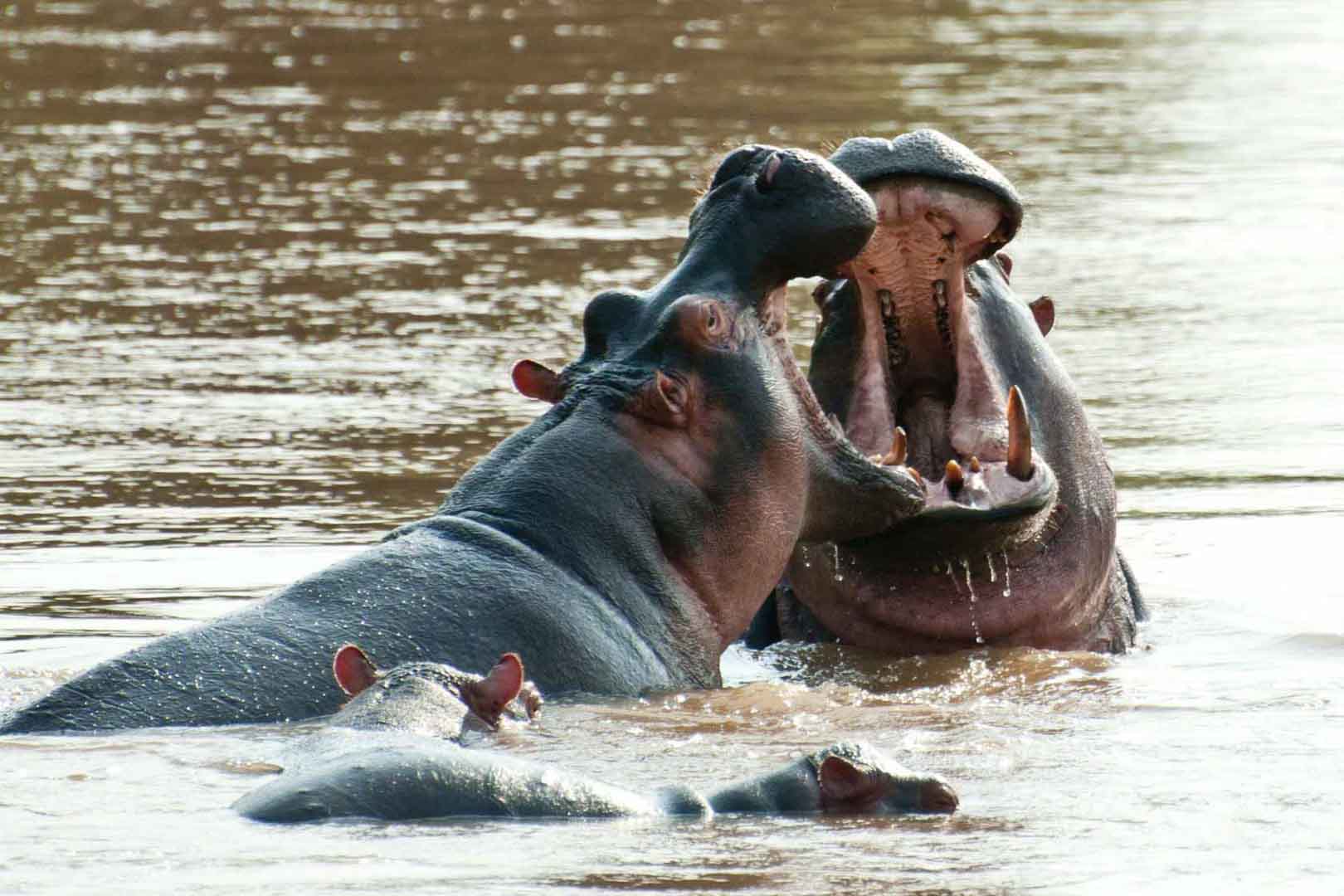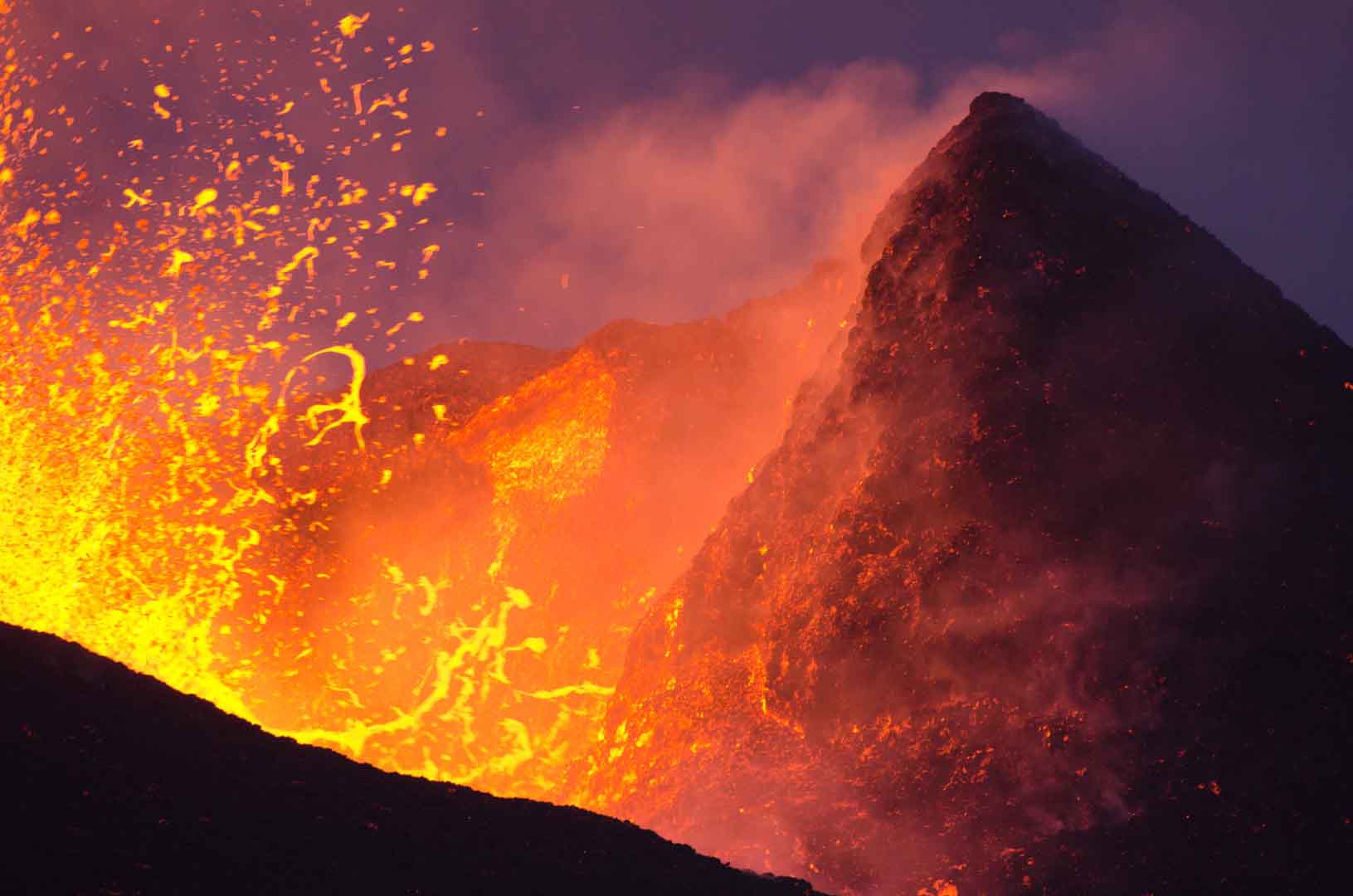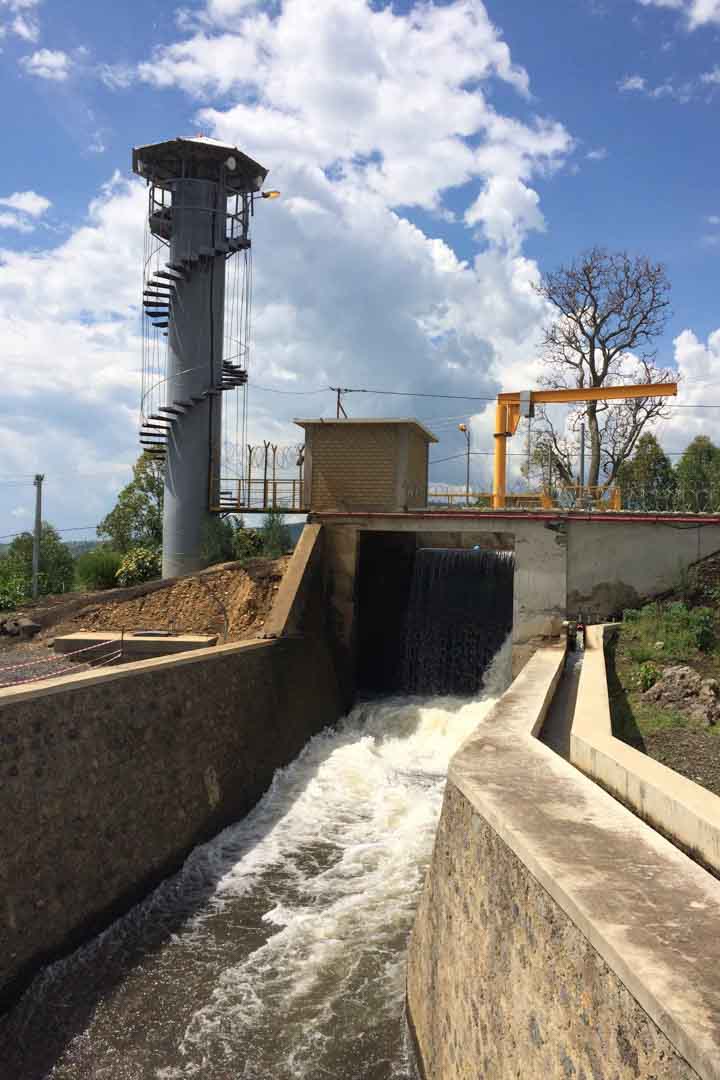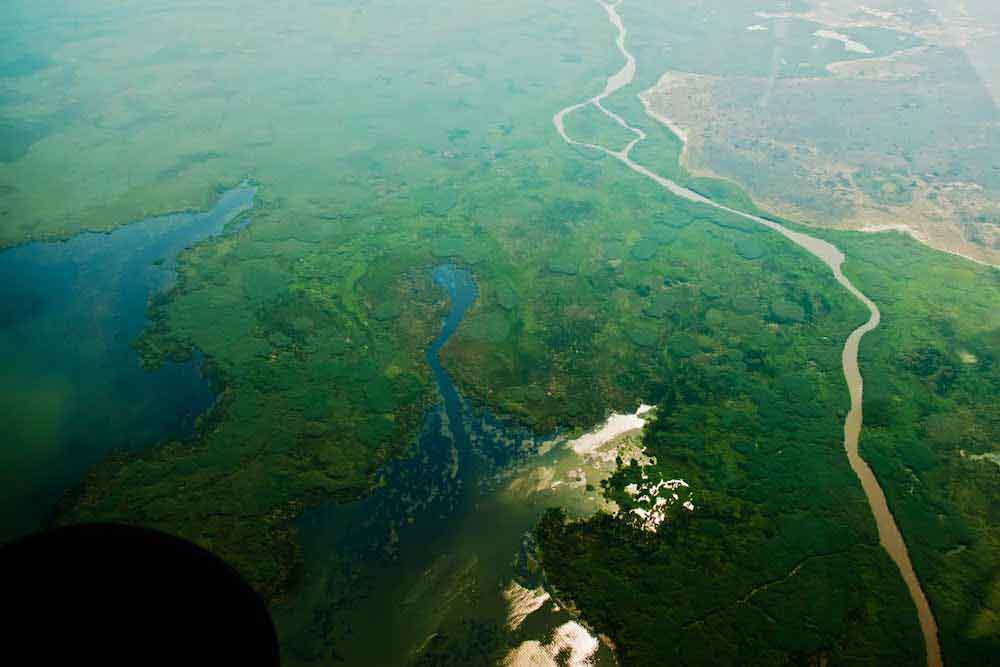Hydropower, creating resilience
Just outside Africa's oldest national park, the Virunga National Park, a hydropower plant was built thanks to this climate project. Insider the power plant, three turbines are driven by the waterpower of the Rutshuru River, generating about 90,360 MWh of renewable energy per year. The river water is first diverted into a canal and then flows through the three turbines before it is redirected to the Rutshuru River. The advantage: As the power plant does not need a water reservoir, there was no need for major landscape changes.
The renewable energy project increases the share of green energy in the electricity grid and helps to improve the energy self-sufficiency of the Democratic Republic of Congo. It also creates local jobs and, by electrifying areas where there was previously no electricity, more security. In particular, women and children can feel safer through public lighting, for example.
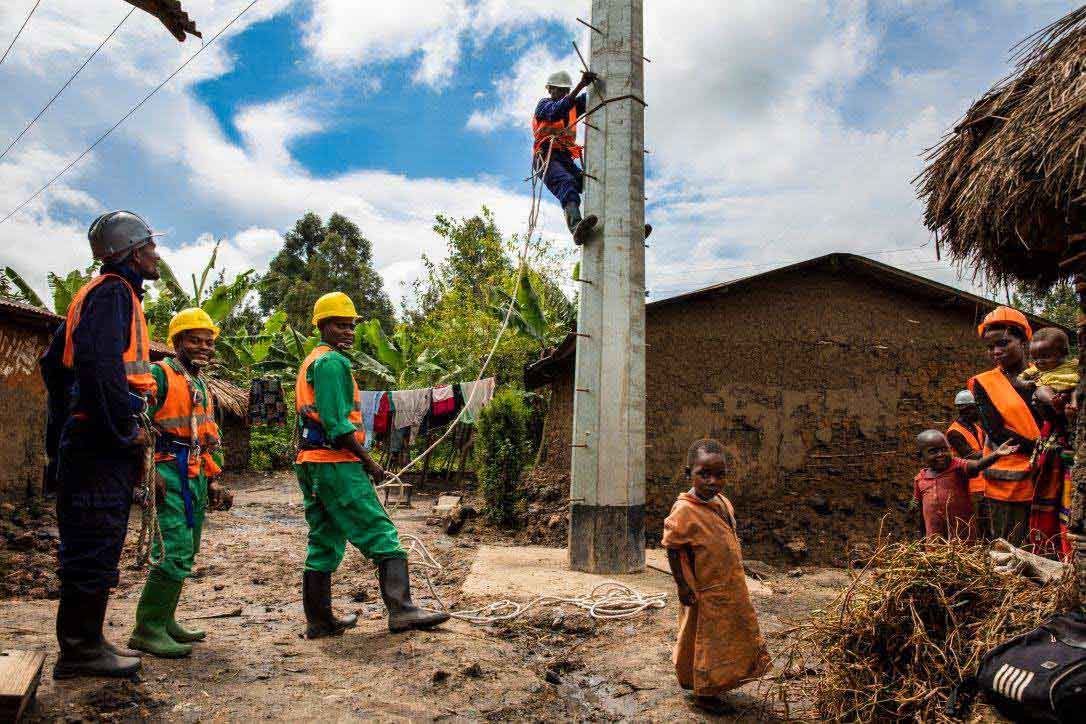
Hydropower plants use the energy of water to generate electricity. The energy is harnessed by passing water through a turbine. Under the pressure of the water, the turbine turns and transfers this energy to a generator, which converts kinetic energy into electricity. This principle applies to all types of hydroelectric power plants: from small run-of-river power plants to pumped-storage power plants on bodies of water like lakes. In many parts of the world, electricity is still primarily generated from fossil fuels. Clean hydropower can replace some of this emission-intensive energy and thus verifiably save carbon emissions. In most hydropower projects, the electricity is fed into a regional power grid, diversifying the energy supply and improving energy security in areas affected by power shortages and blackouts. Often, these projects also create jobs for the local population. Hydropower projects thus make an important contribution to clean energy supply as well as contributing to the UN Sustainable Development Goals (SDGs). Hydopower projects in the ClimatePartner portfolio are registered with international standards.
Explore our projects
Biochar for Climate Action, Healthy Soils, and Better Harvests

A certified climate project combined with additional commitment

Expansion of renewable energy generation in Asia
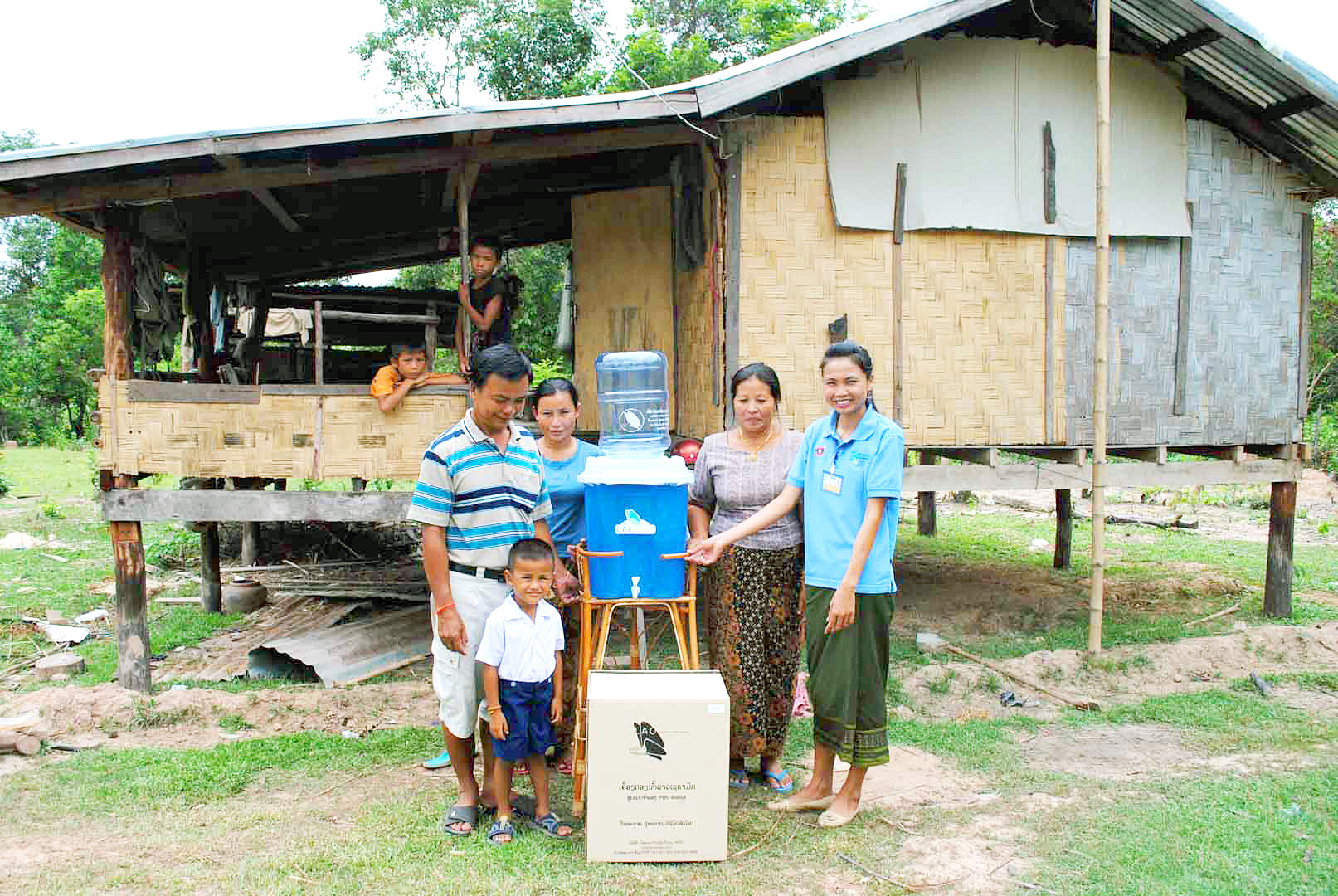
Ceramic water filters save CO2 and improve health
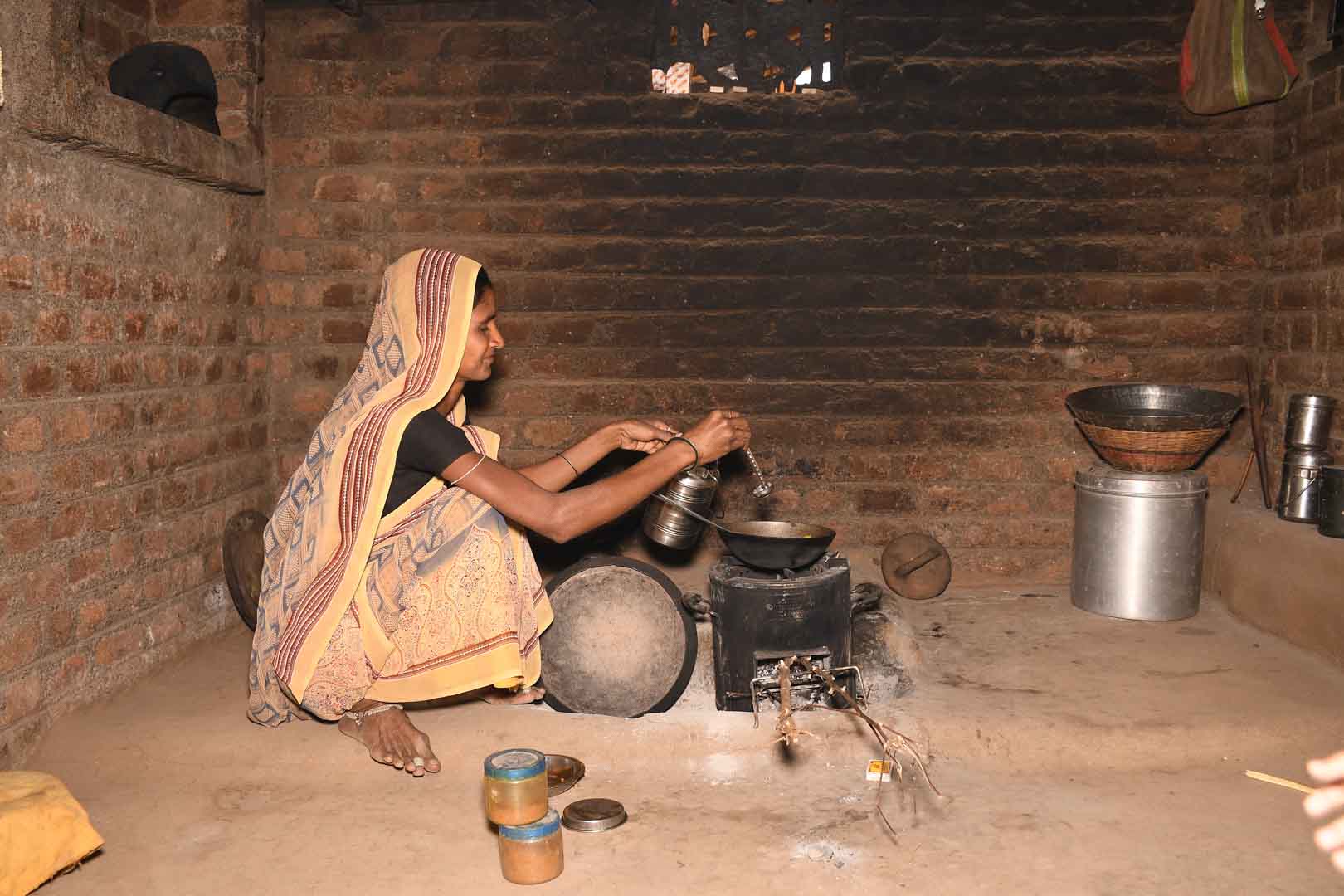
Improved cookstoves worldwide – for better health and cleaner air

A certified climate project combined with additional commitment
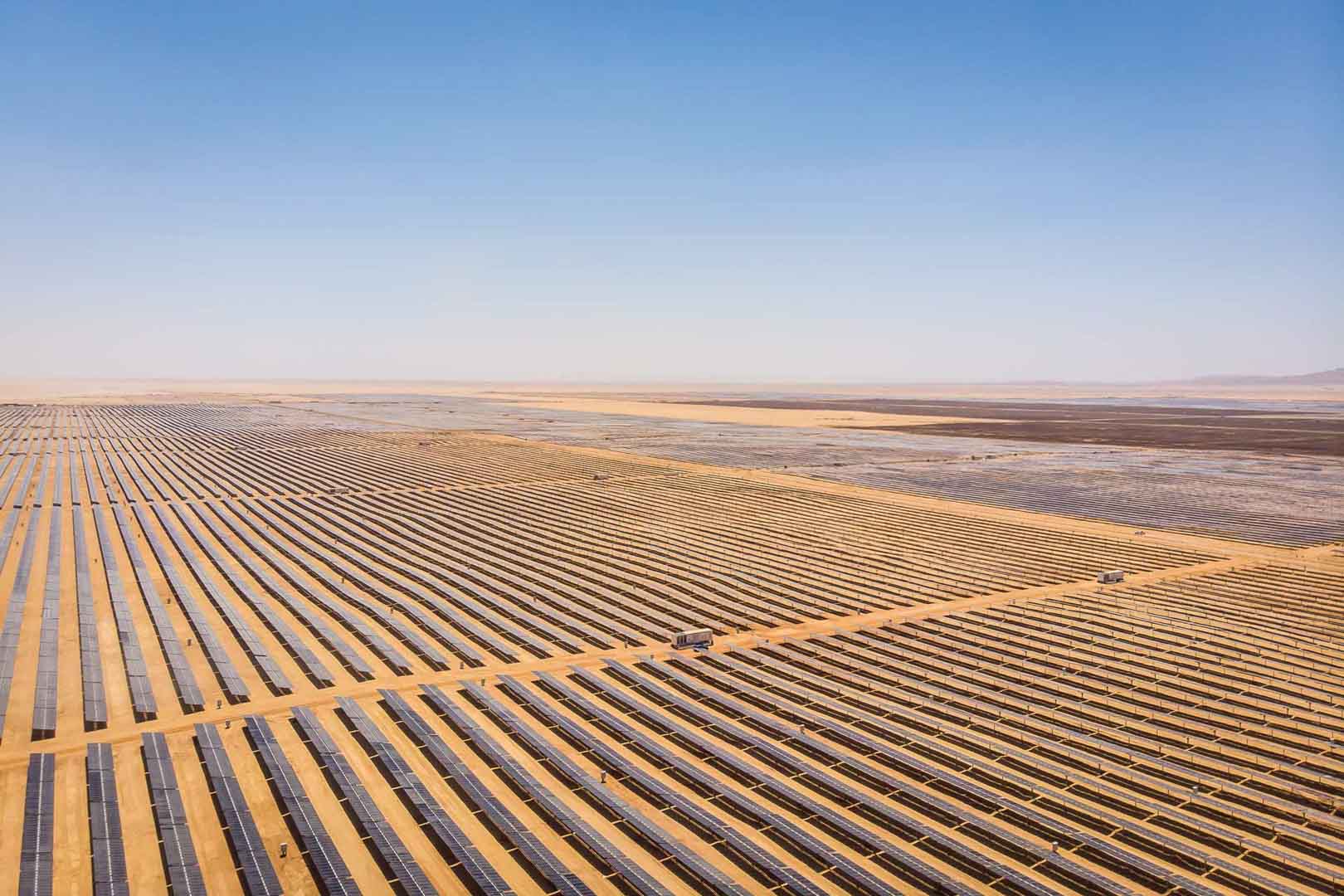
Powering access to renewable energy in Africa
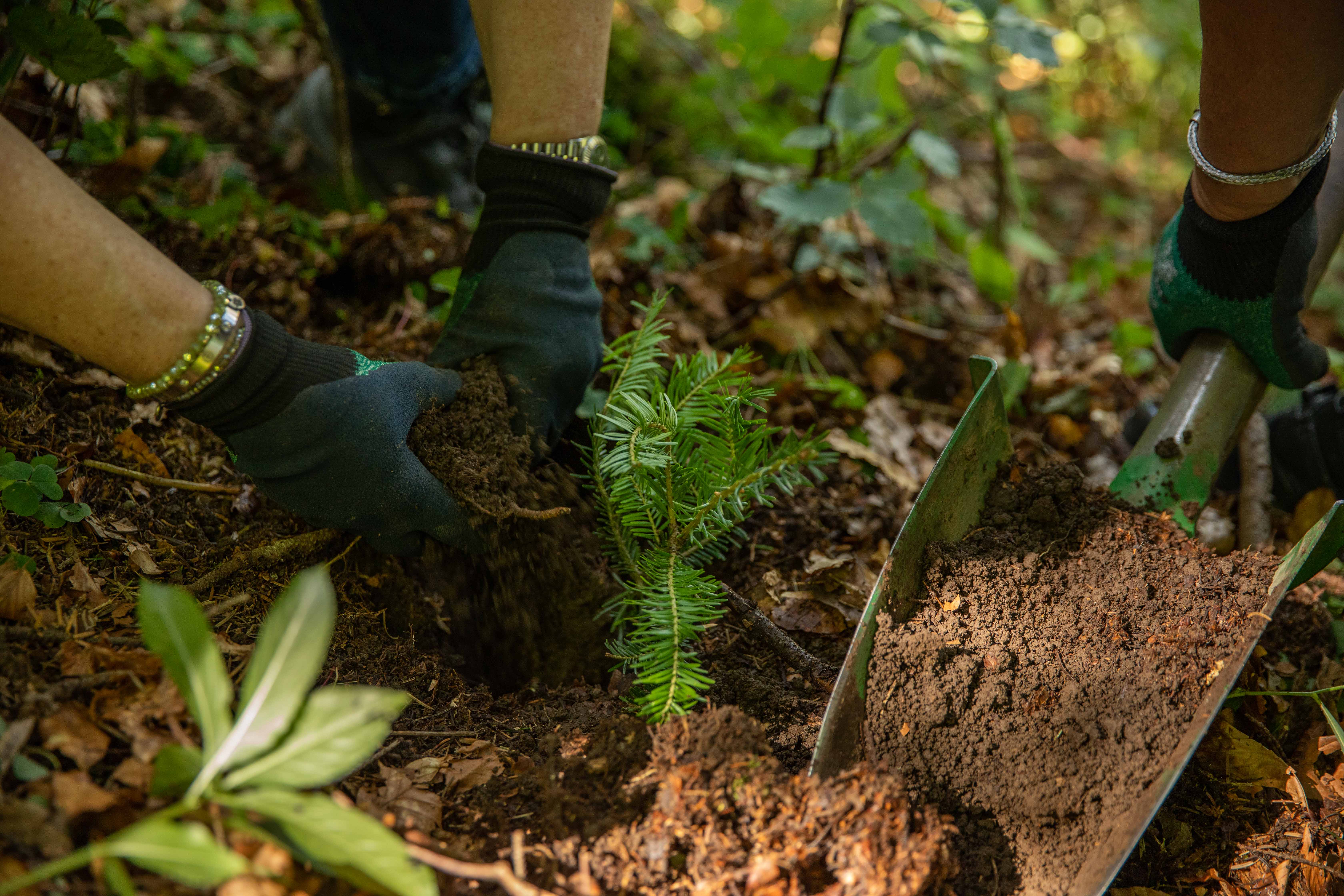
A certified climate project combined with additional commitment
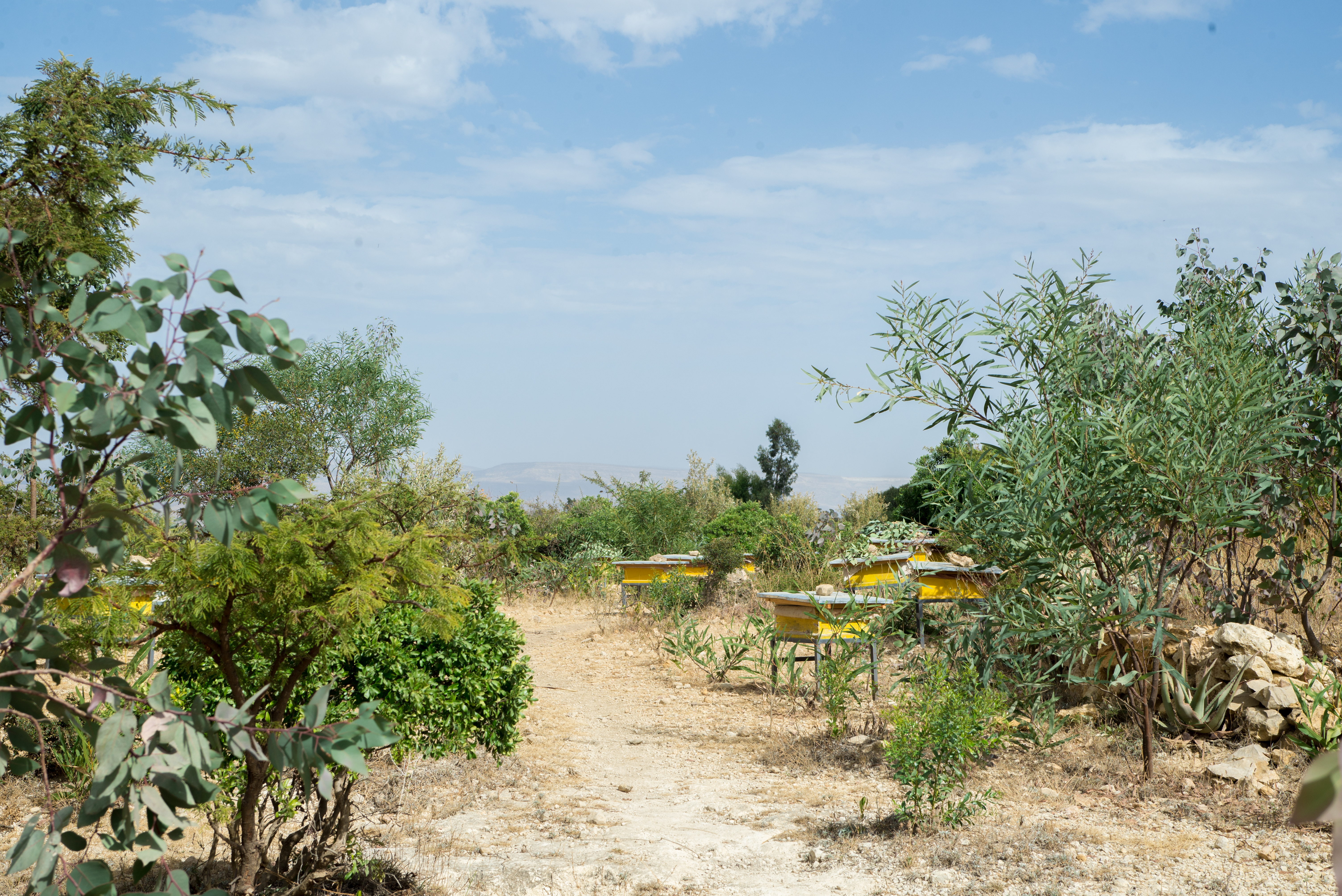
Restored ecosystems remove carbon
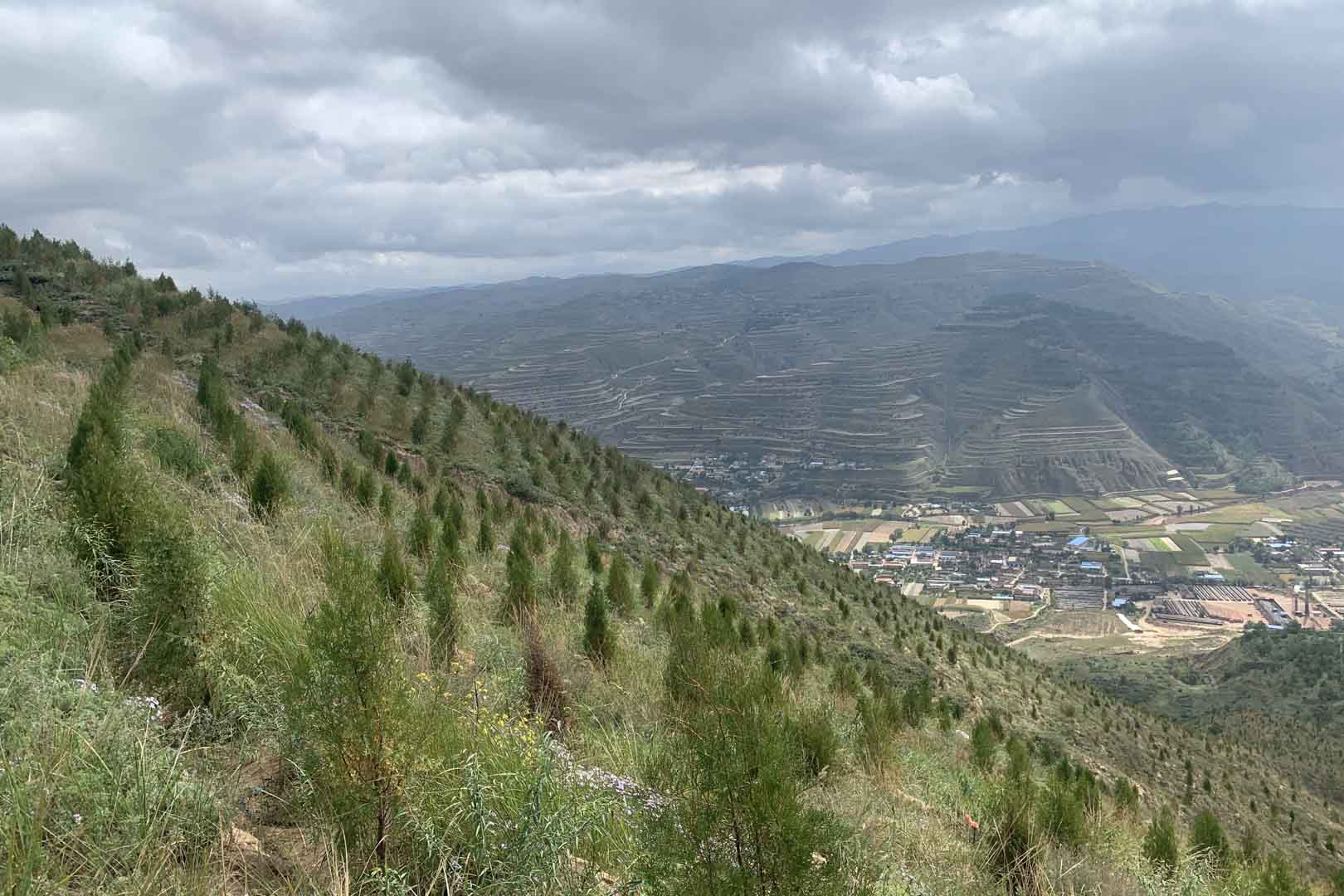
Turning degraded farmlands into healthy ecosystems
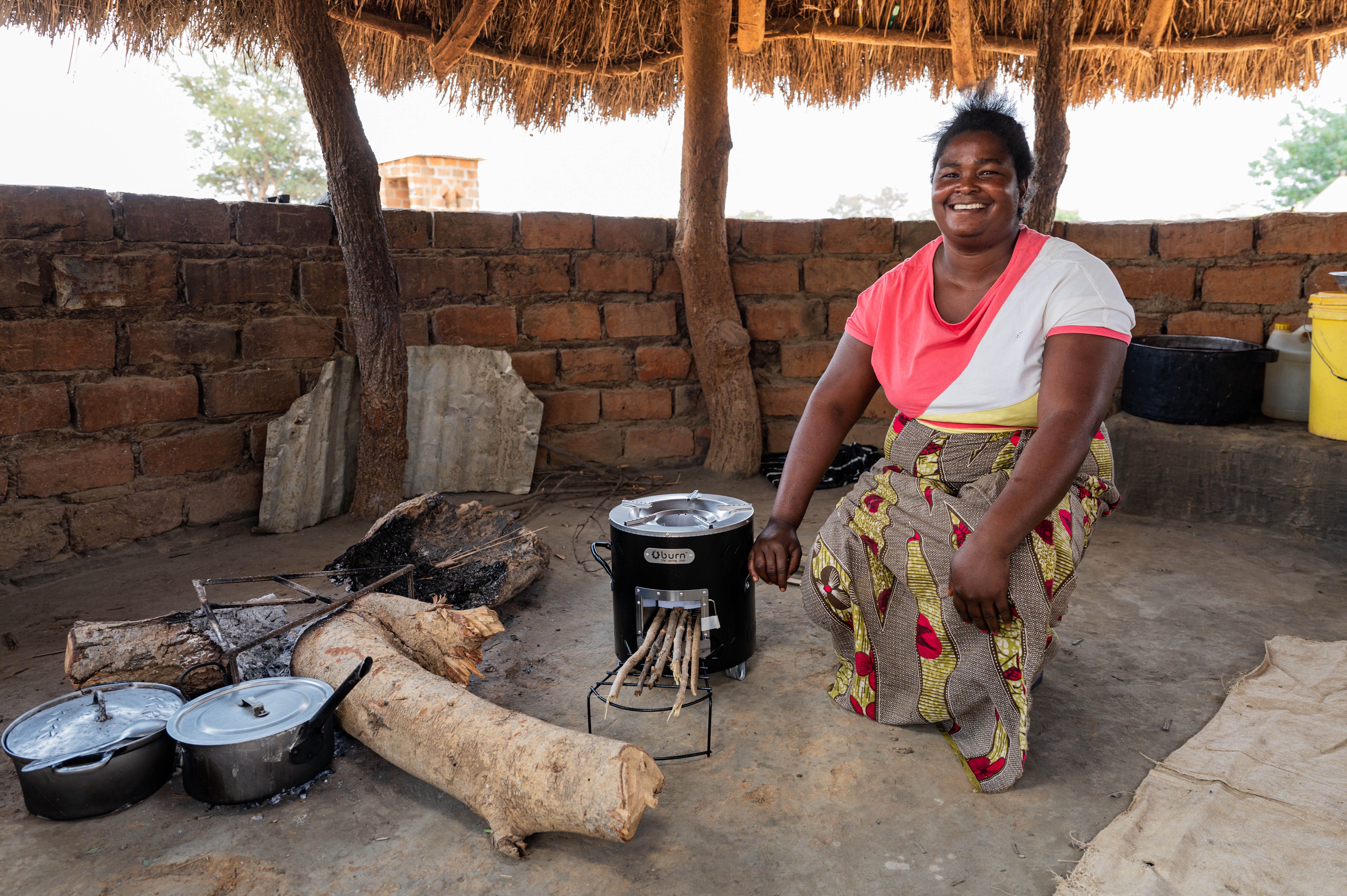
Improved cookstoves - better for health and the environment
